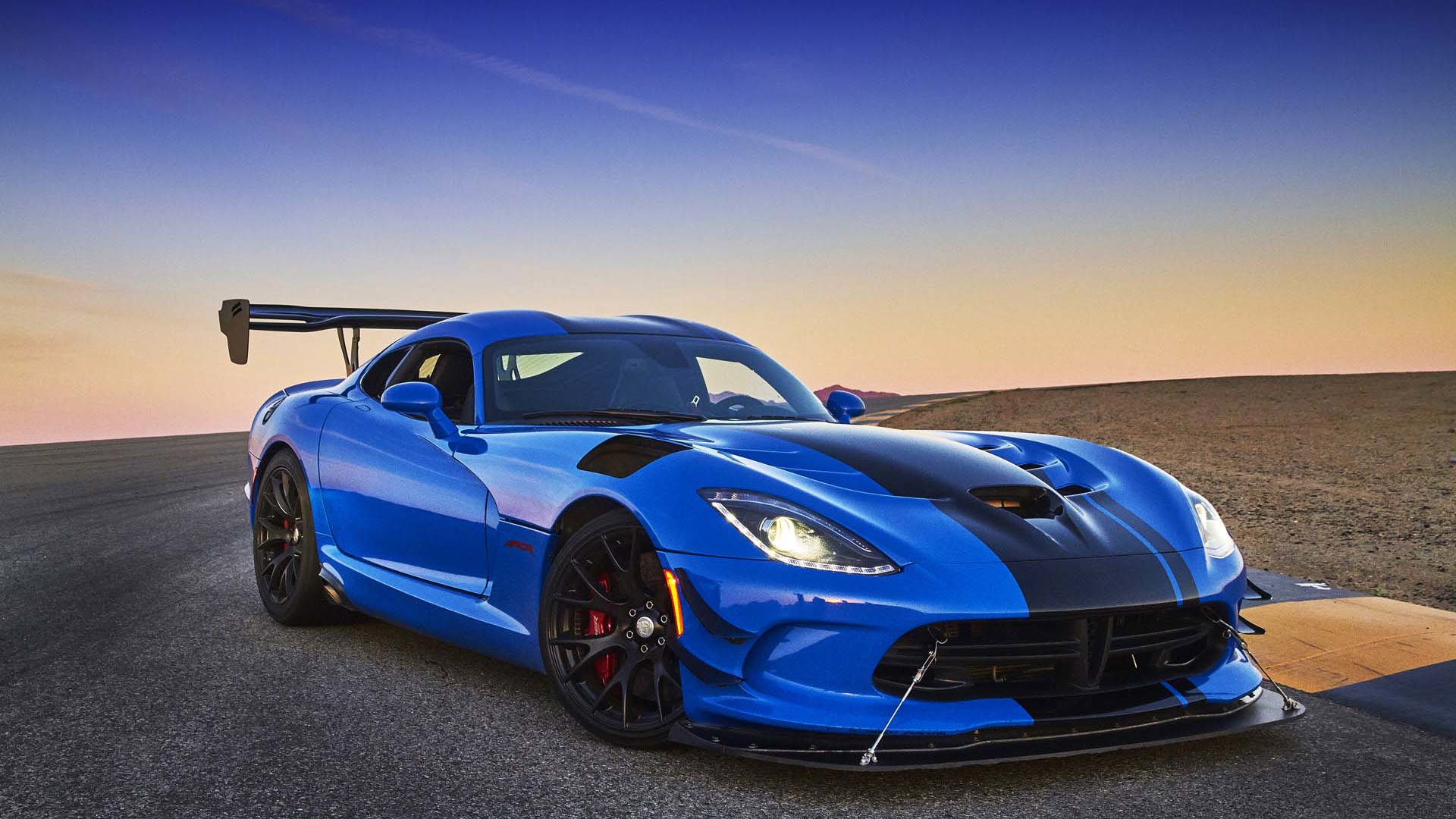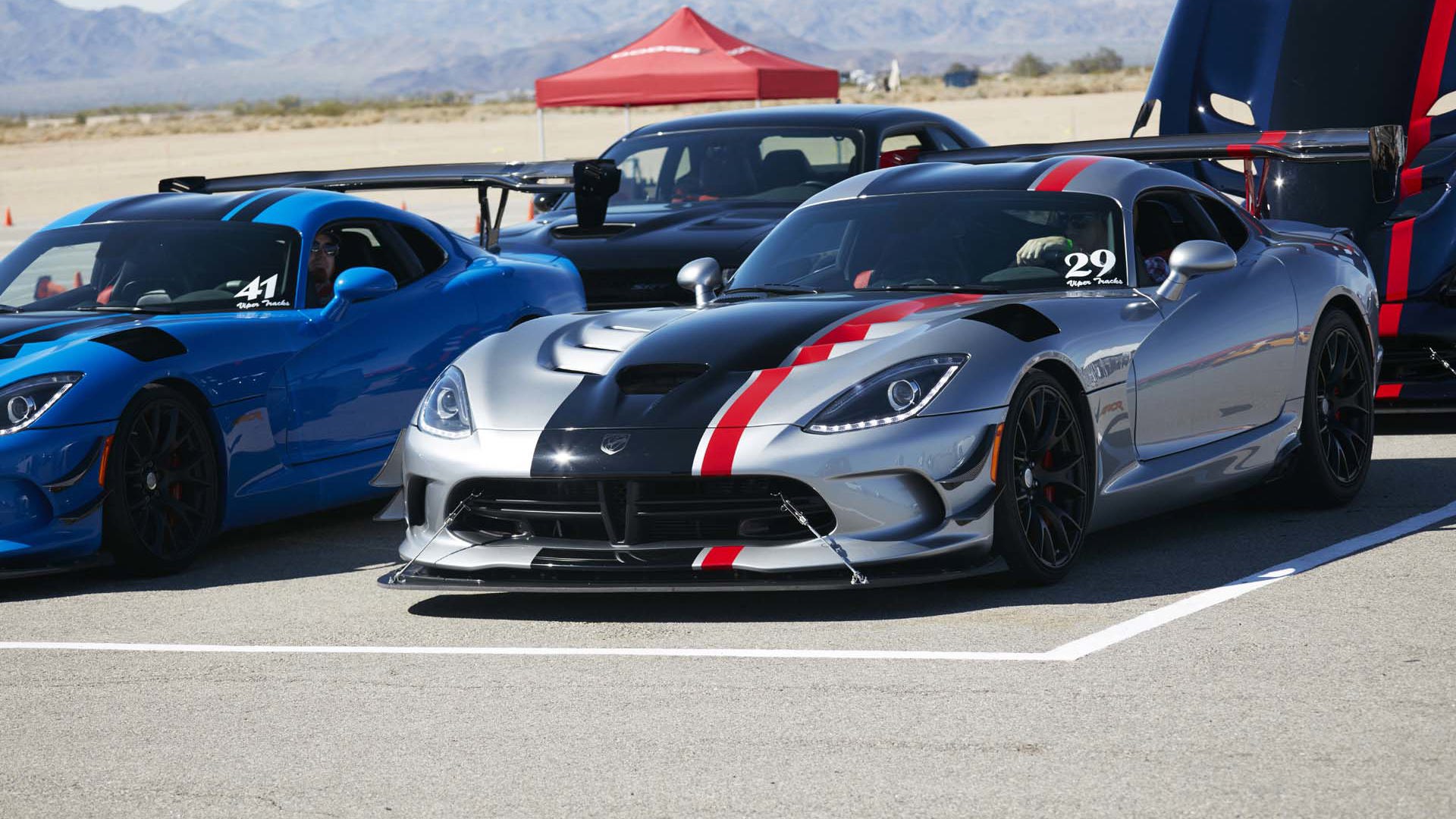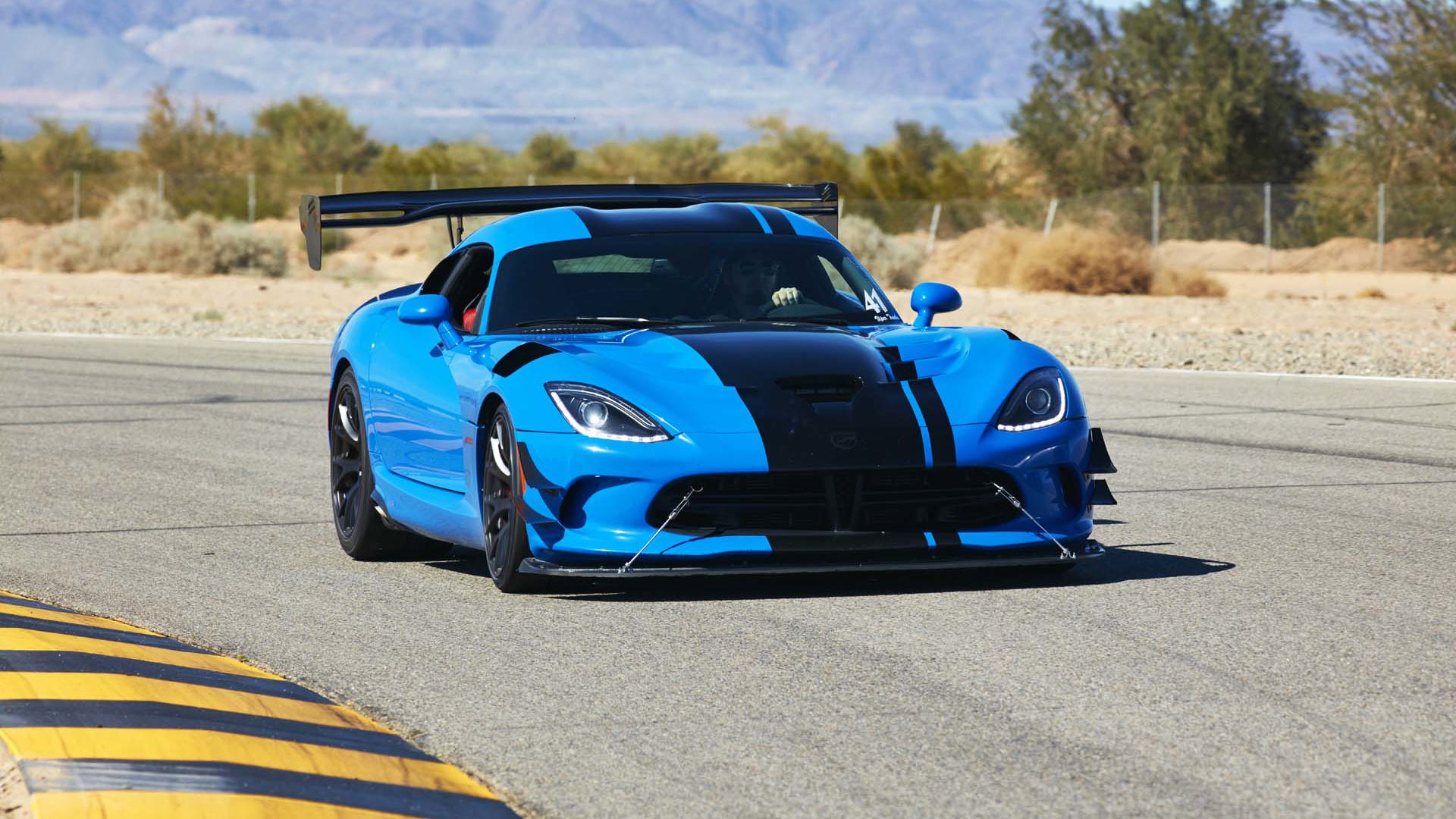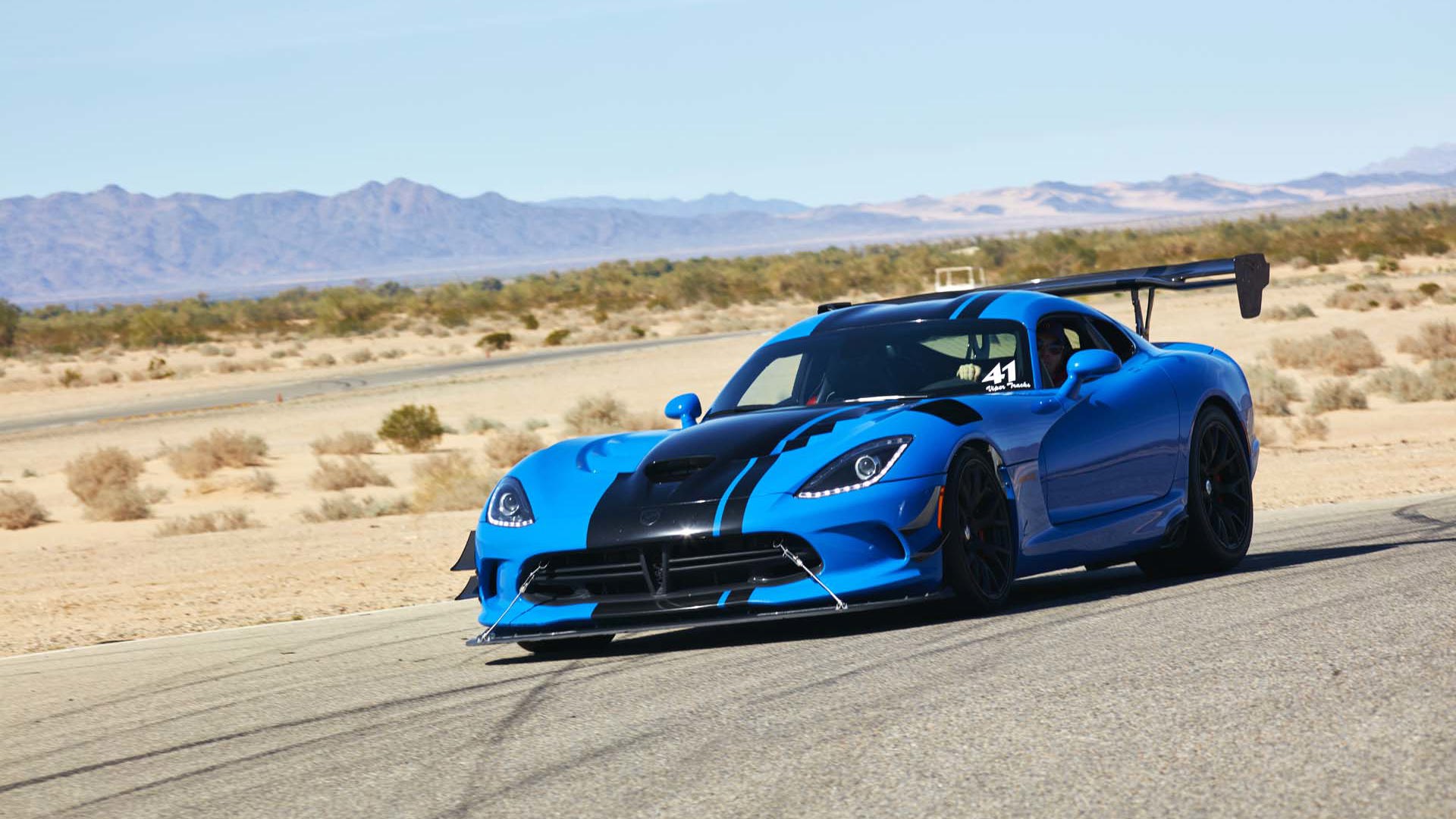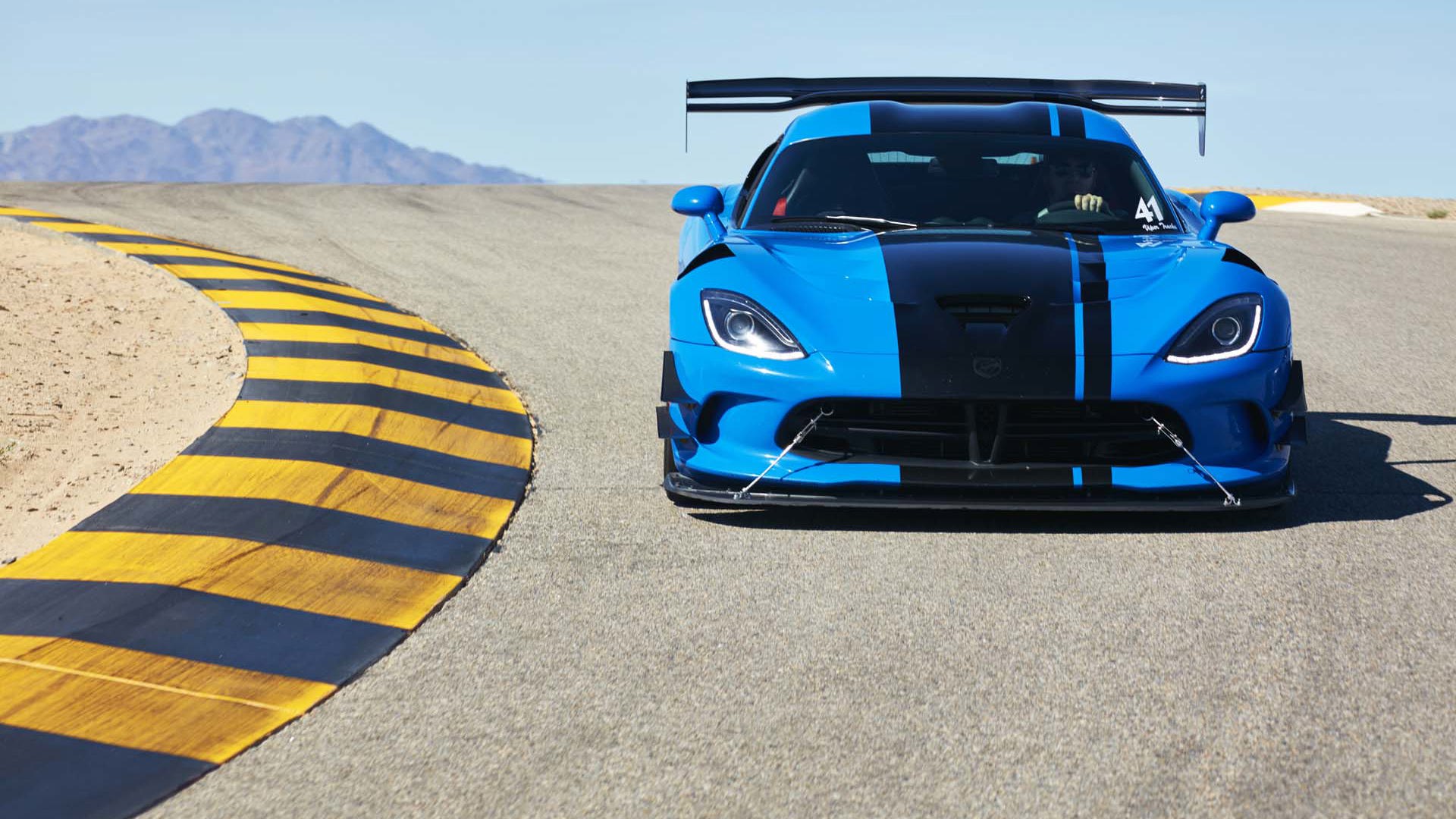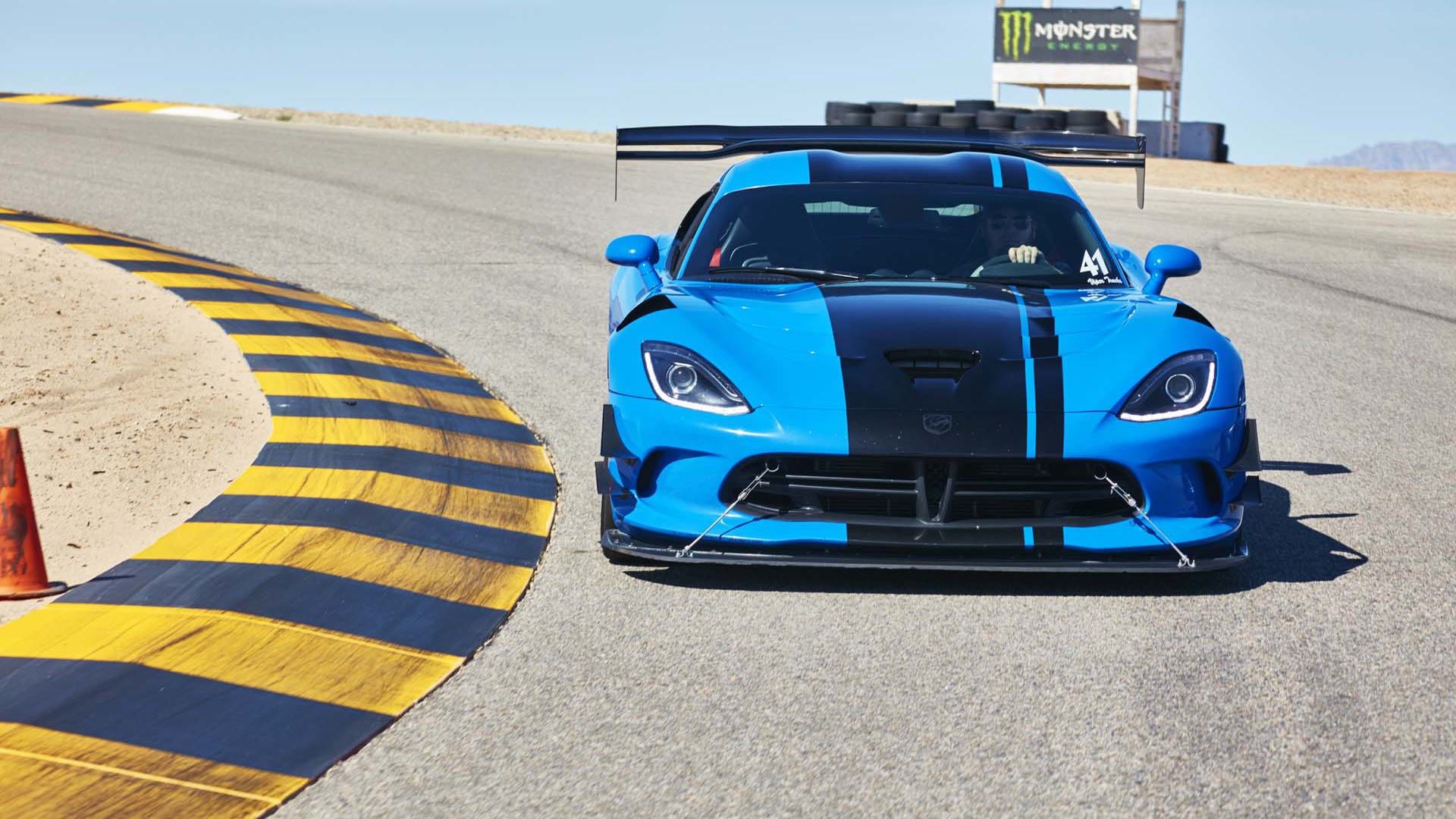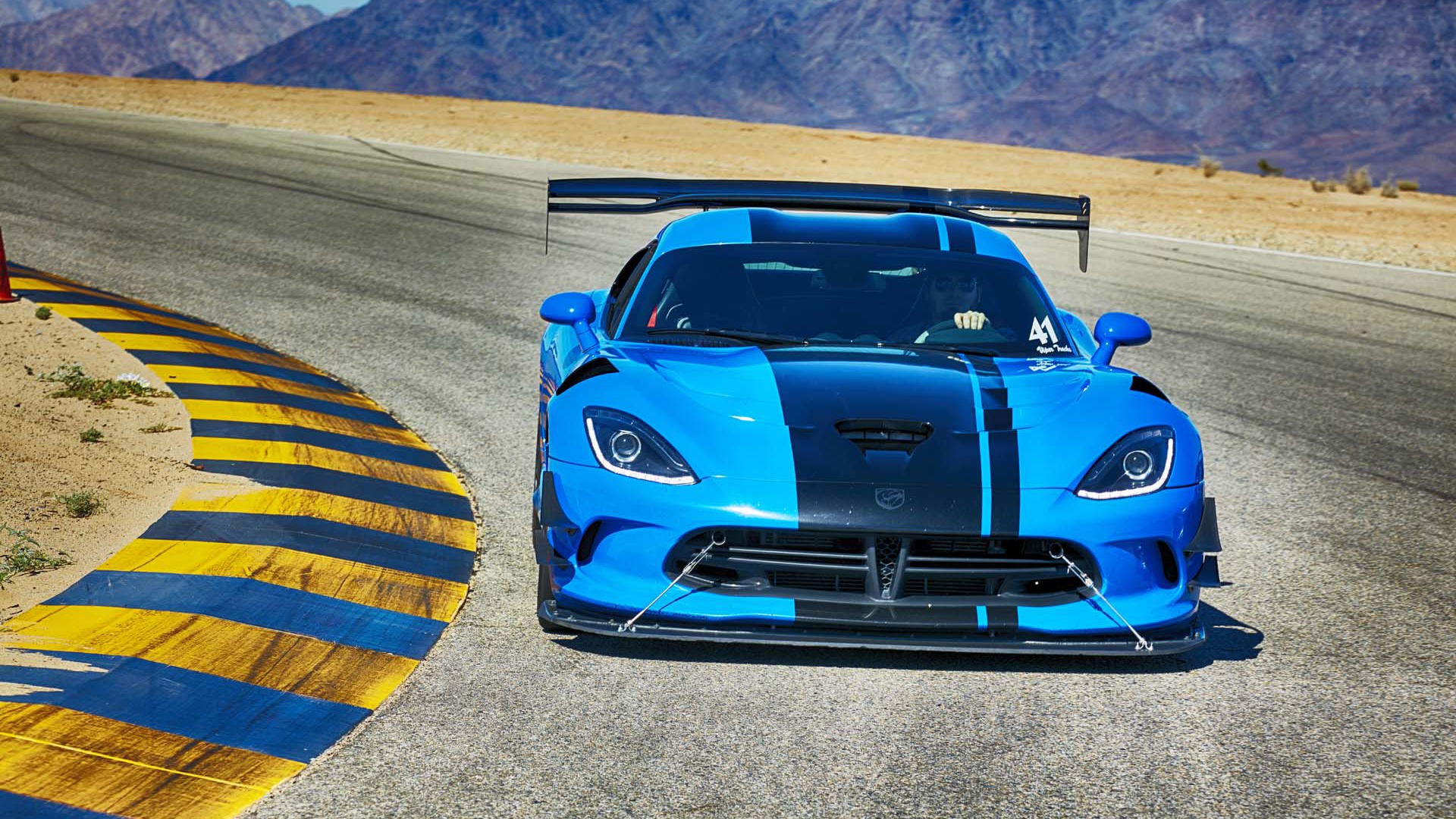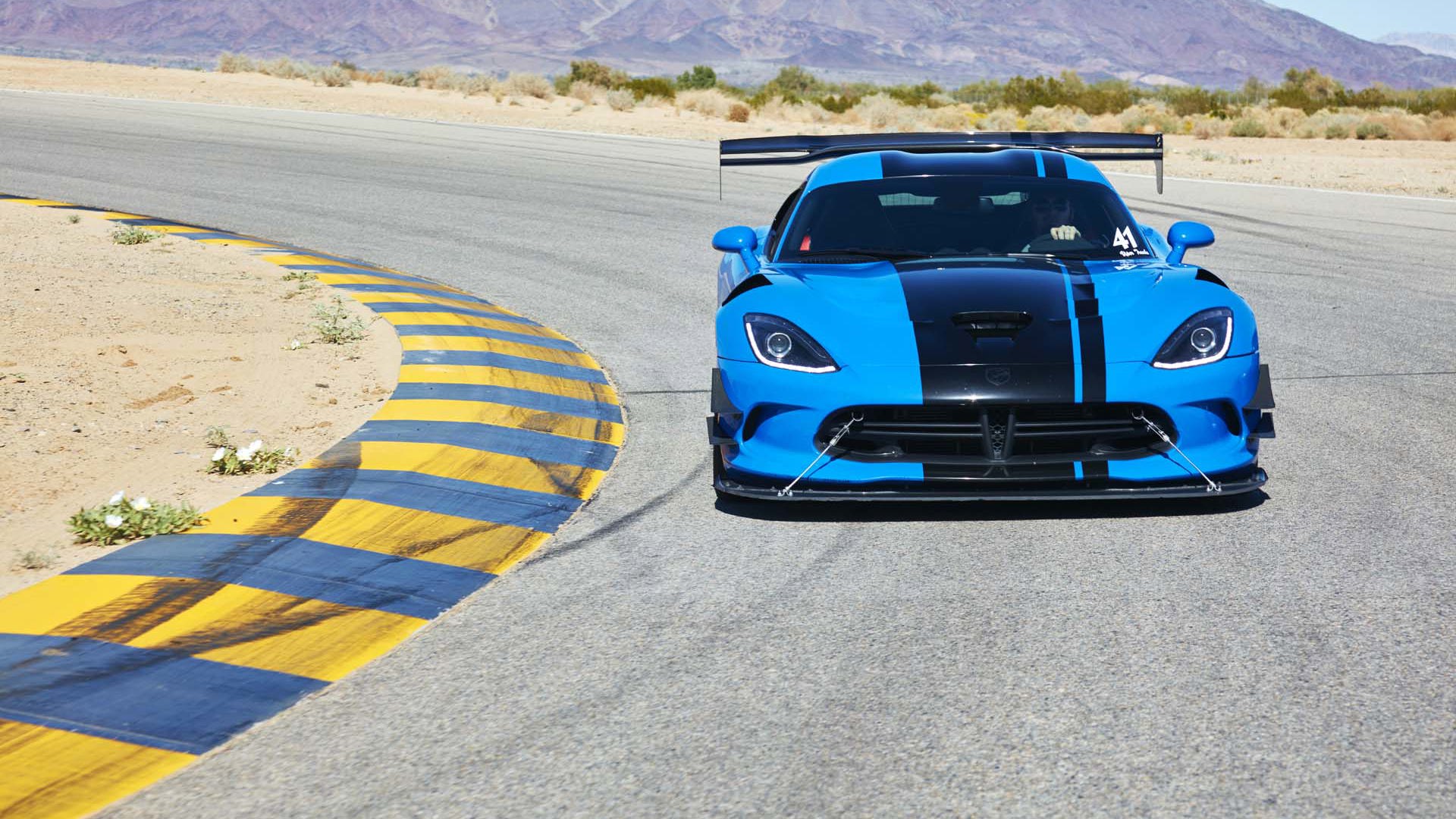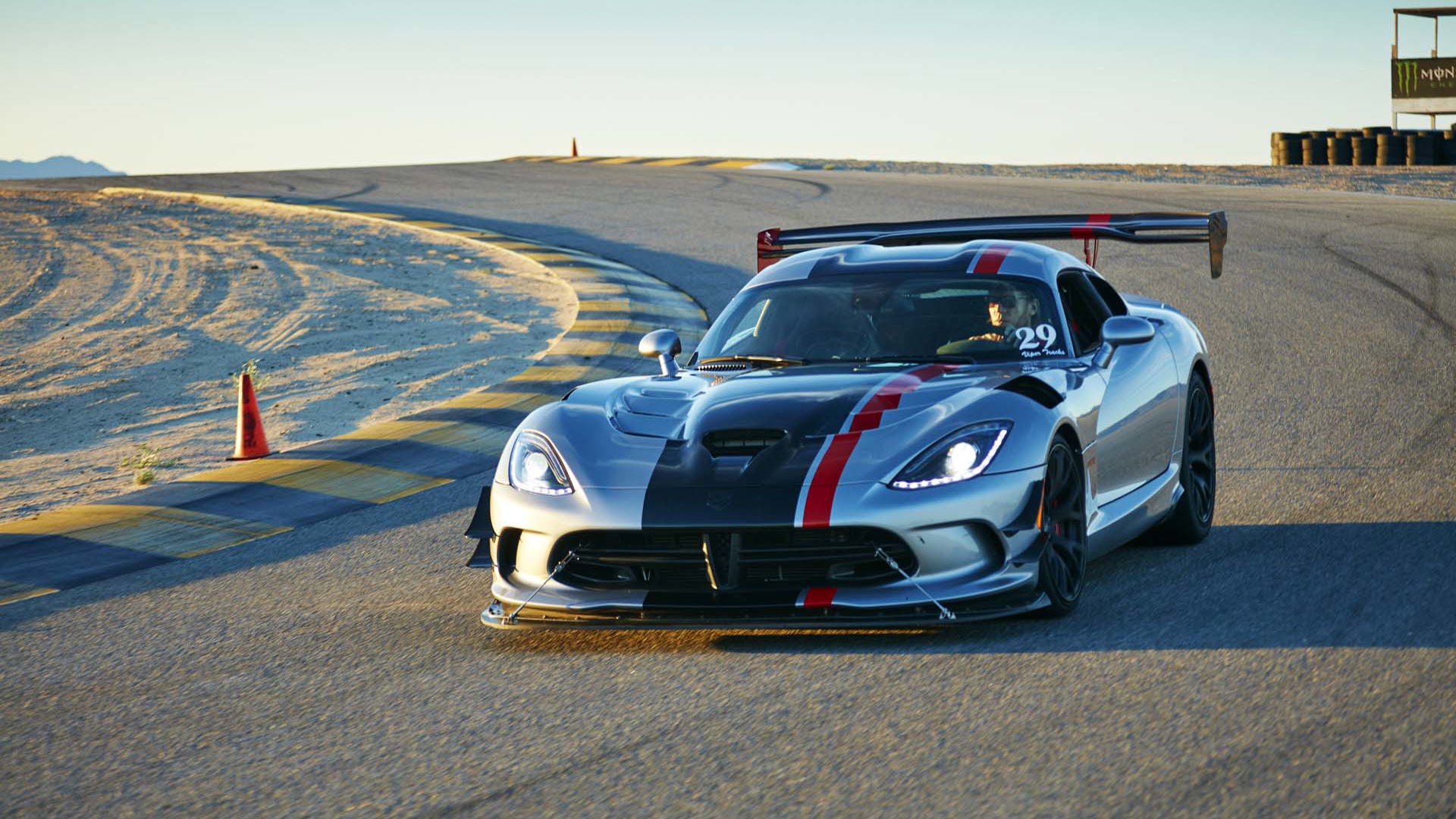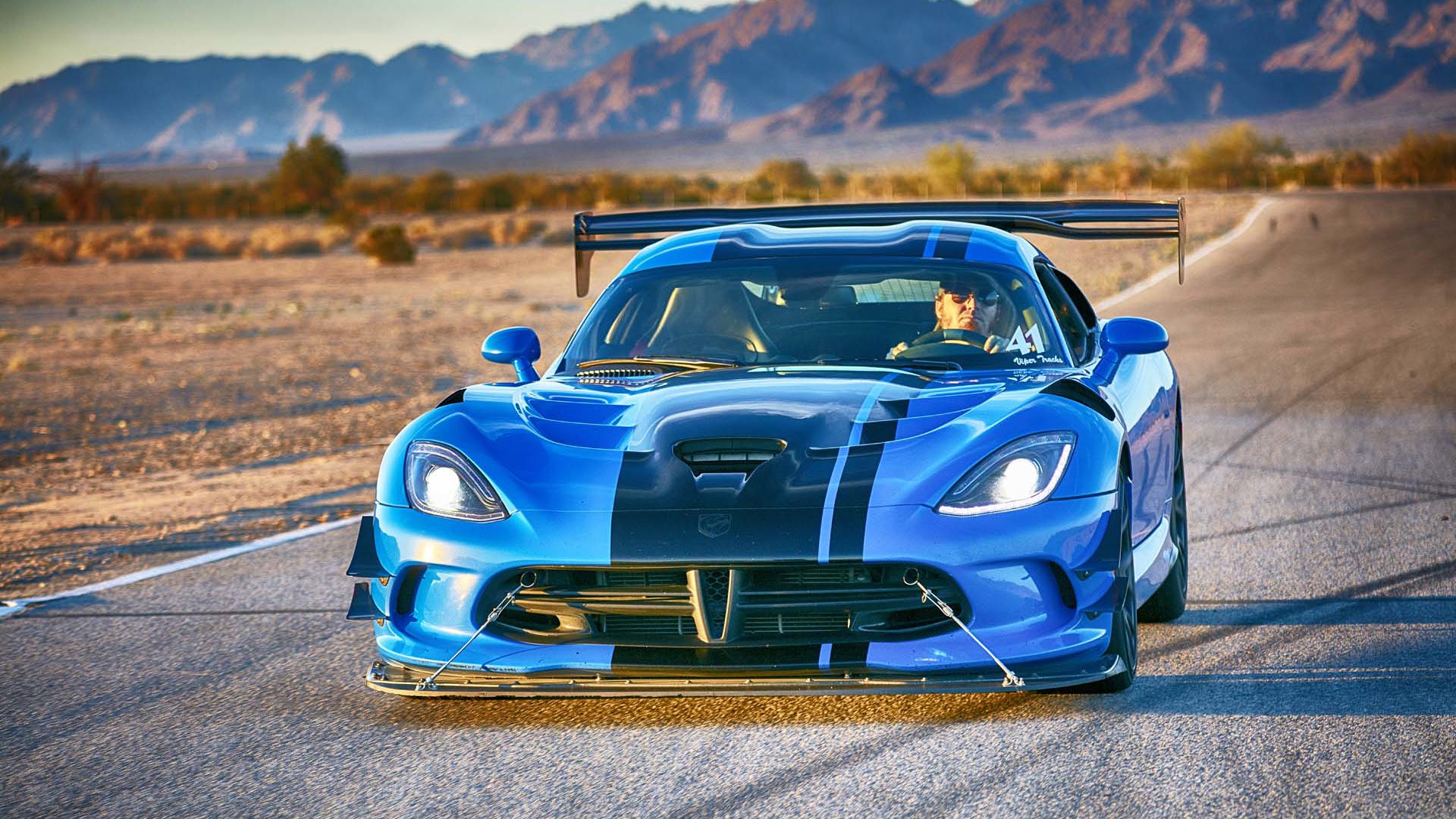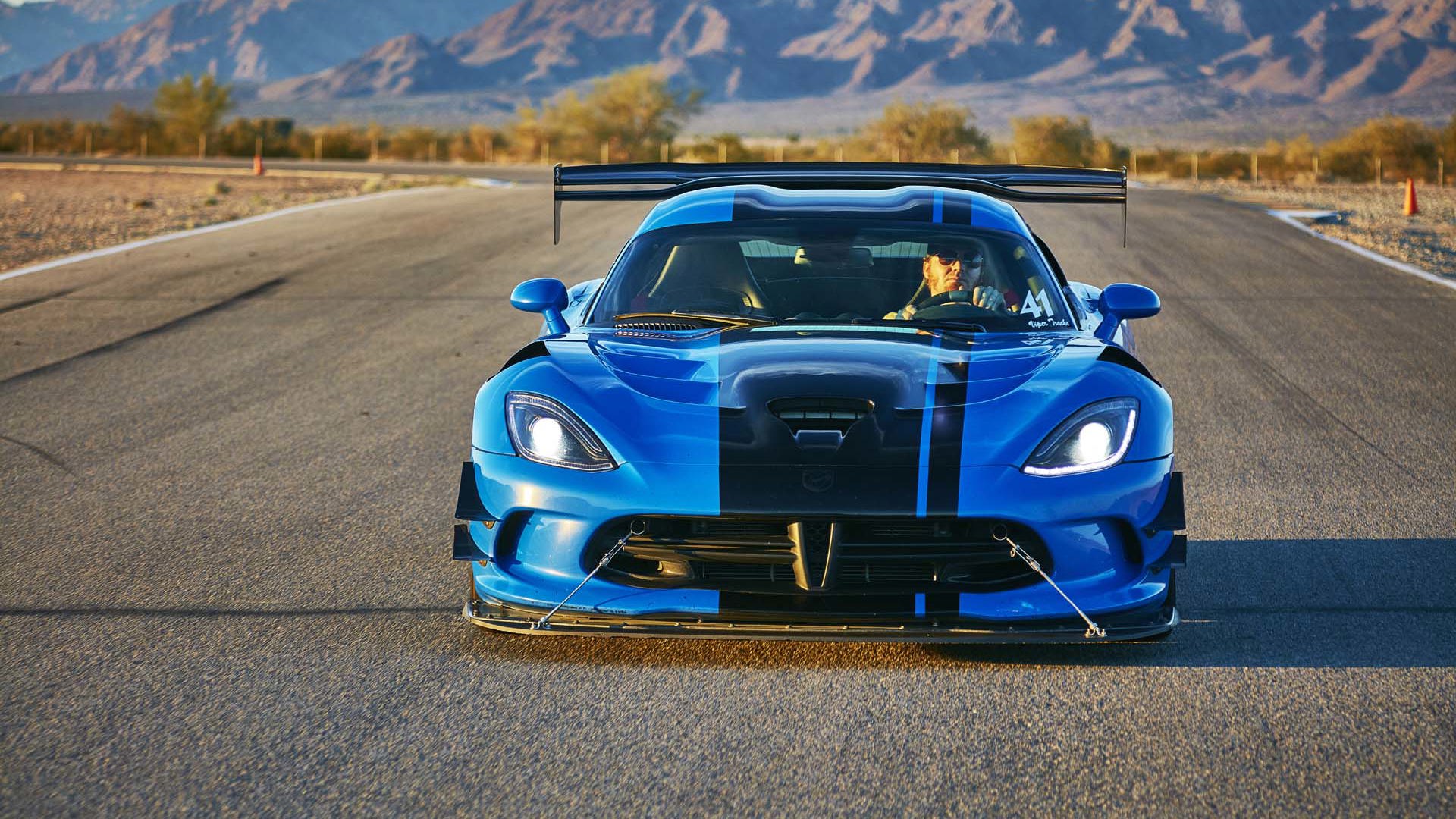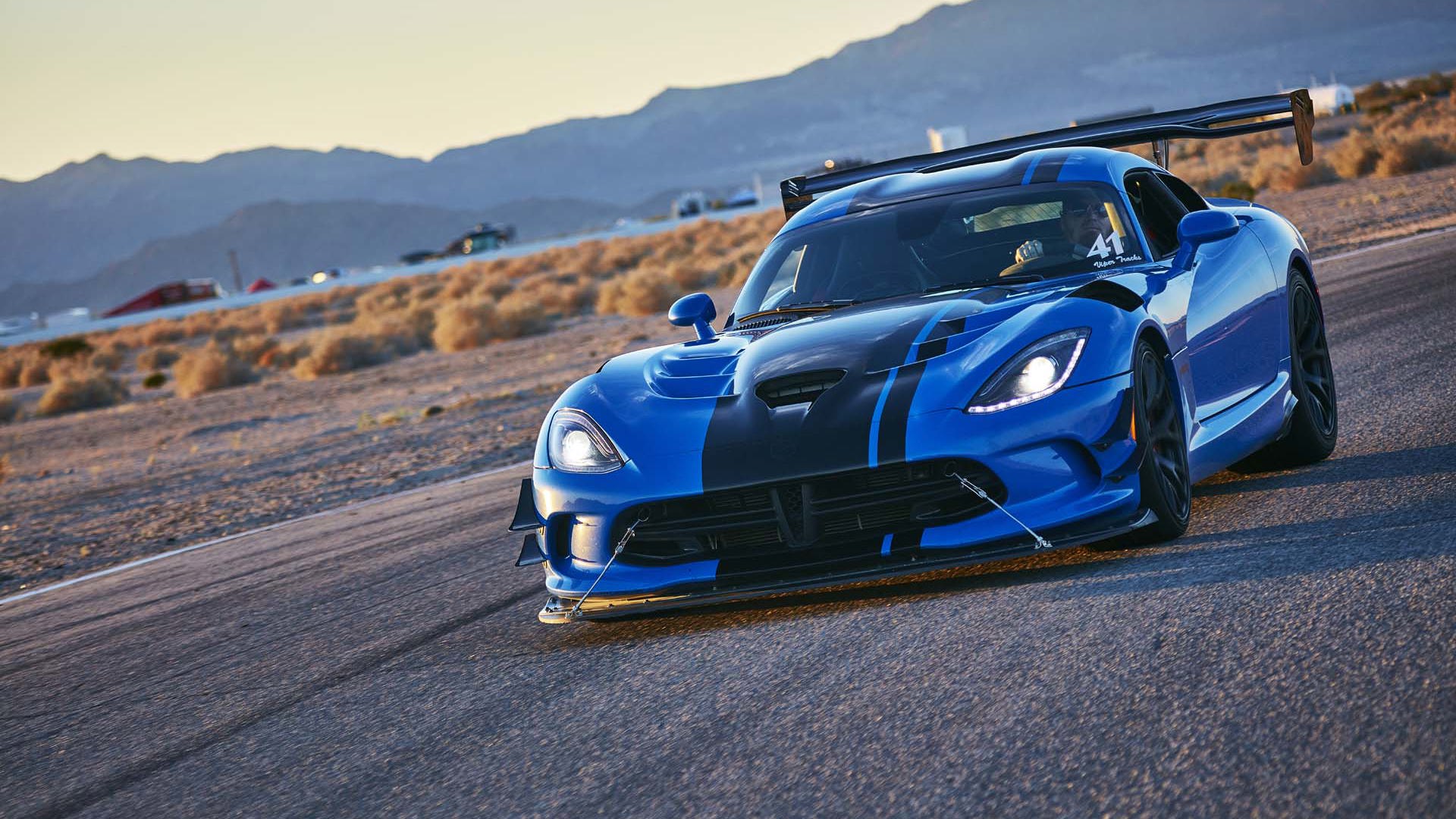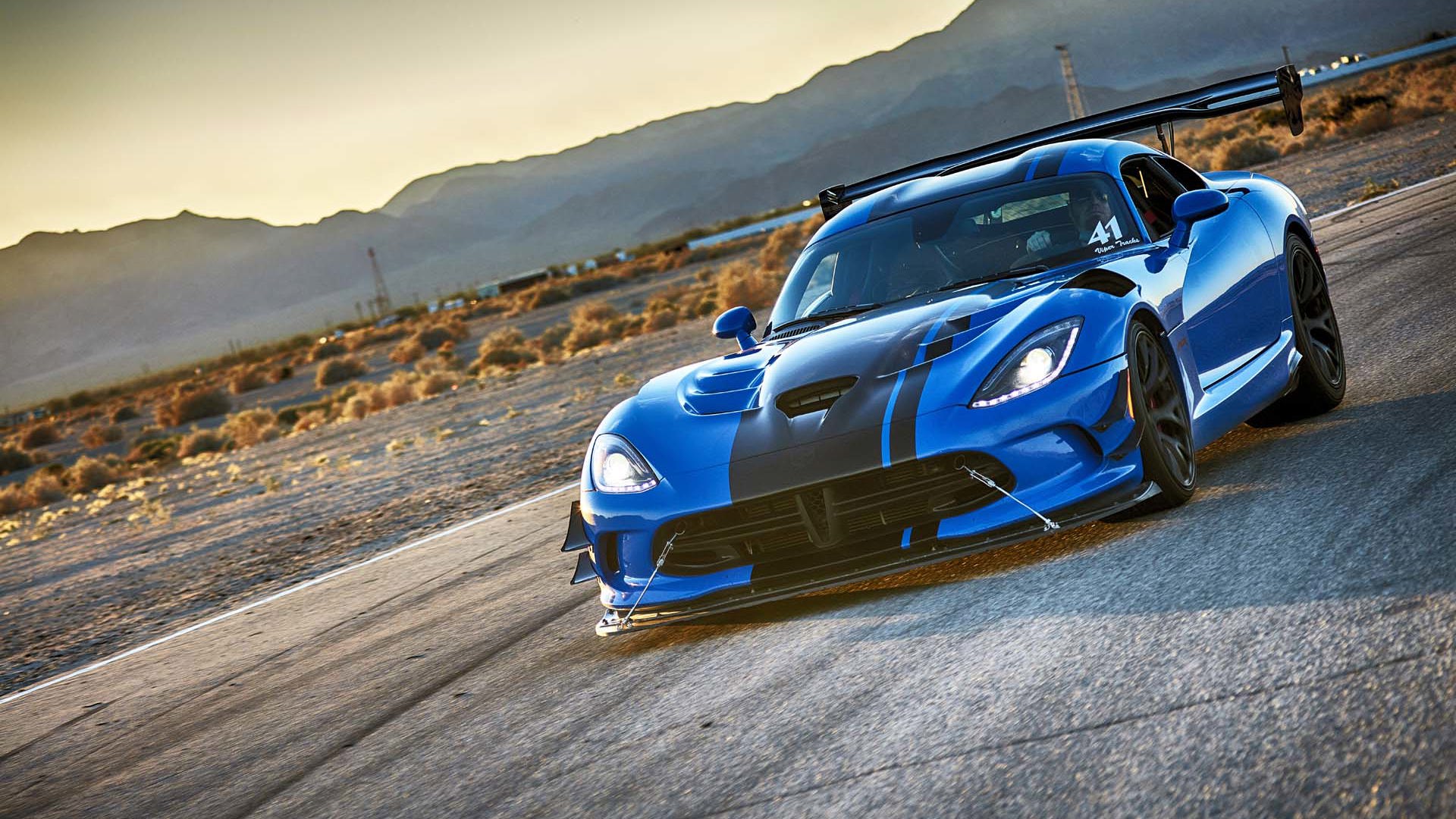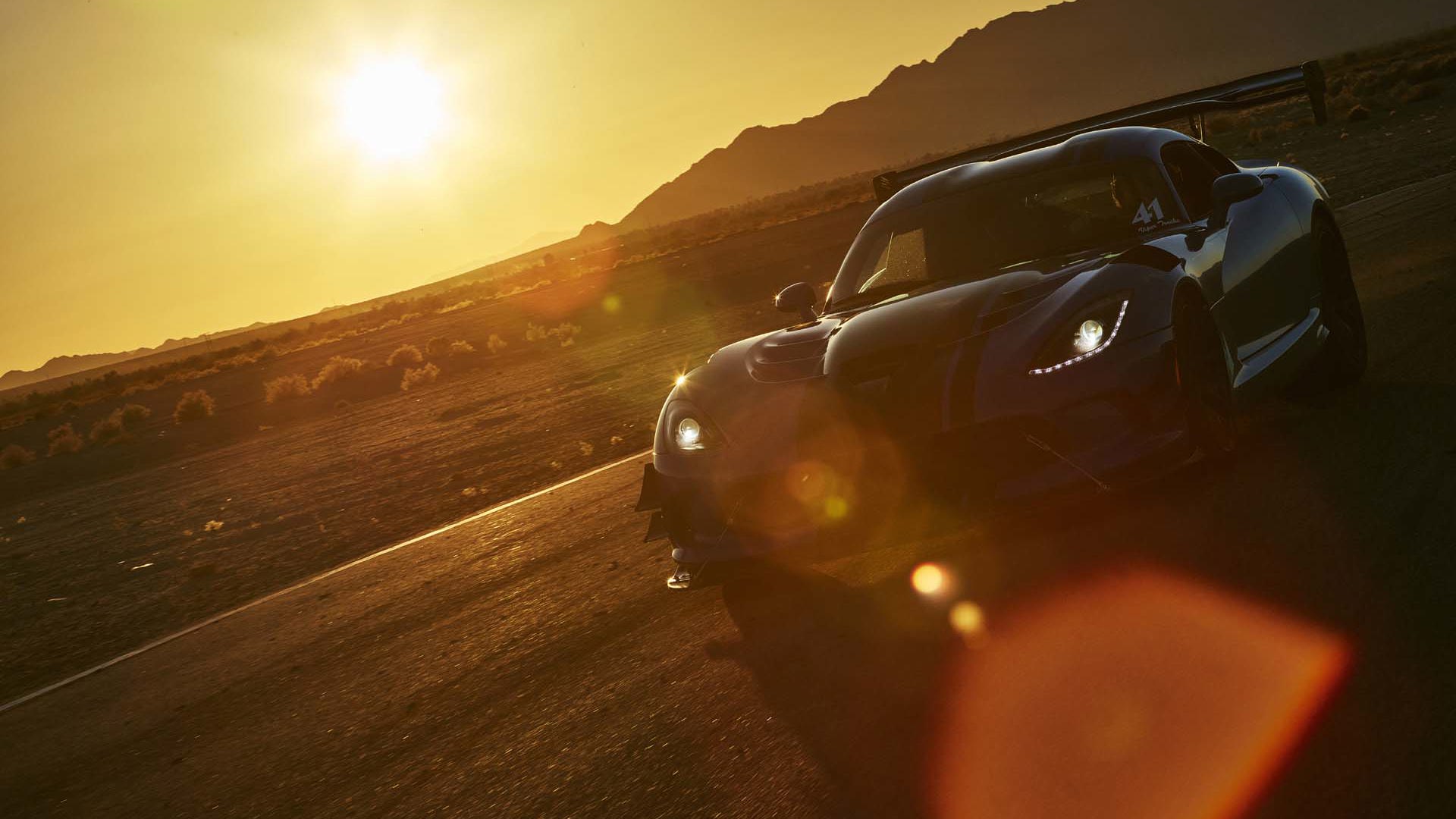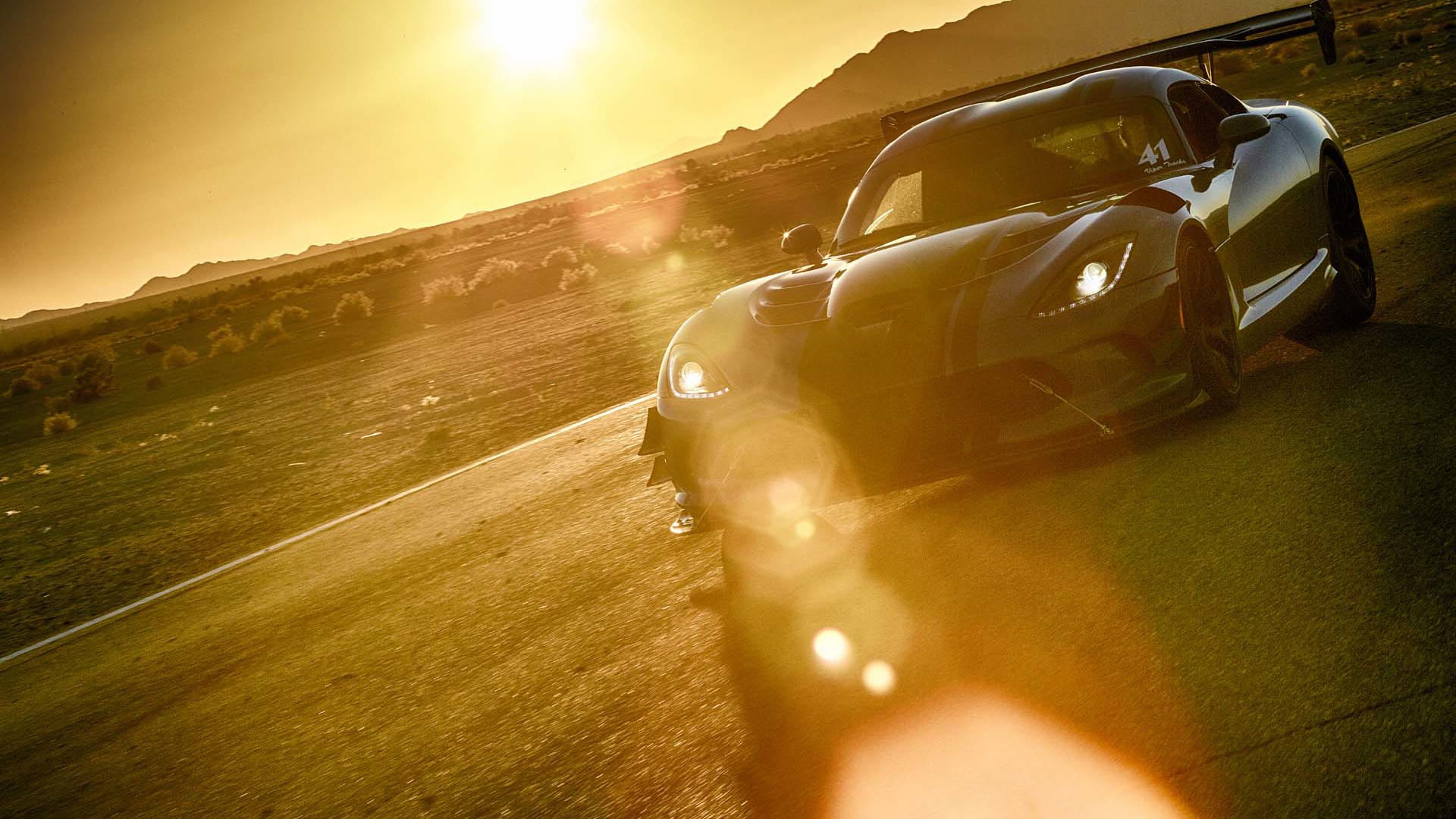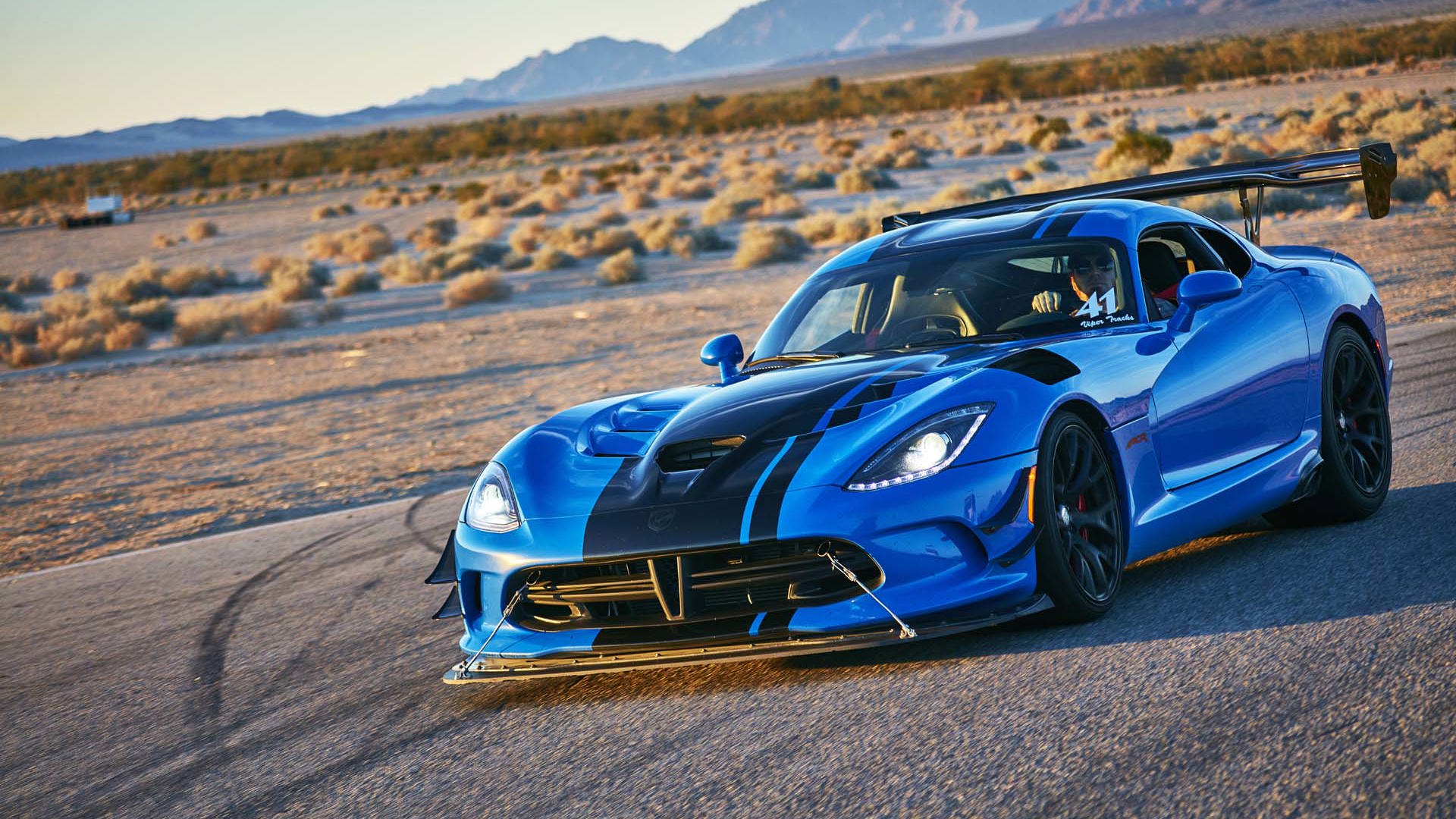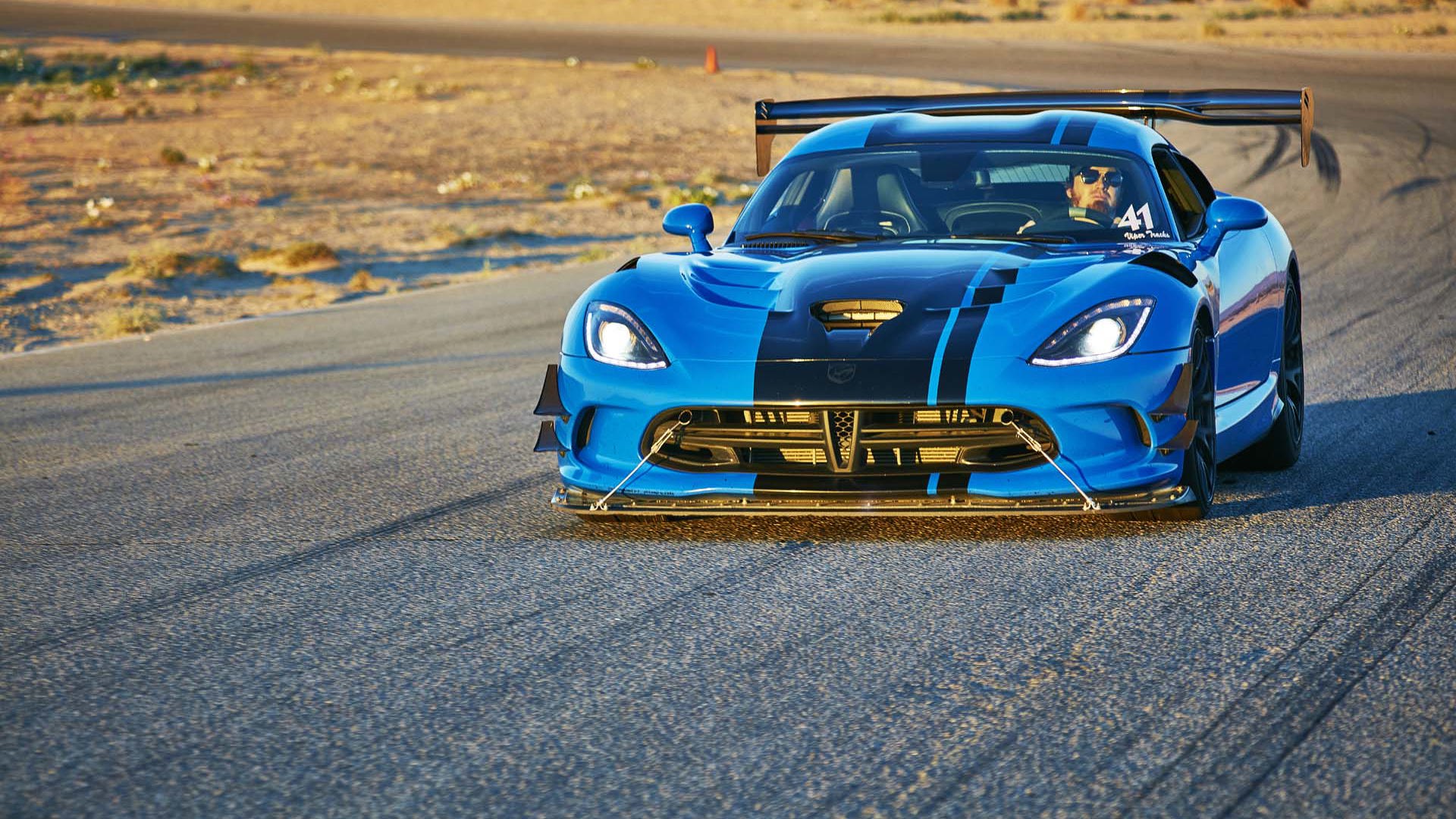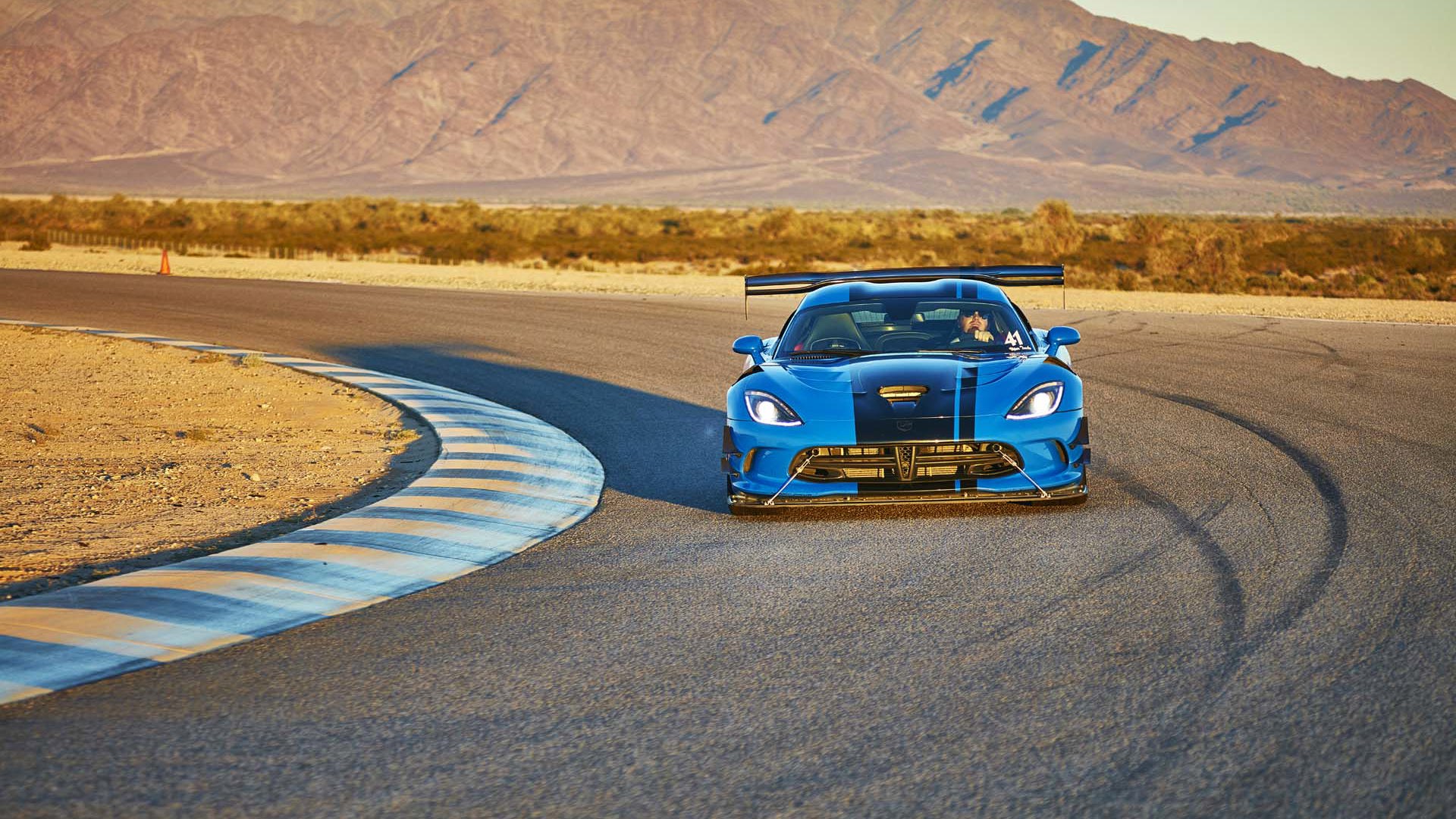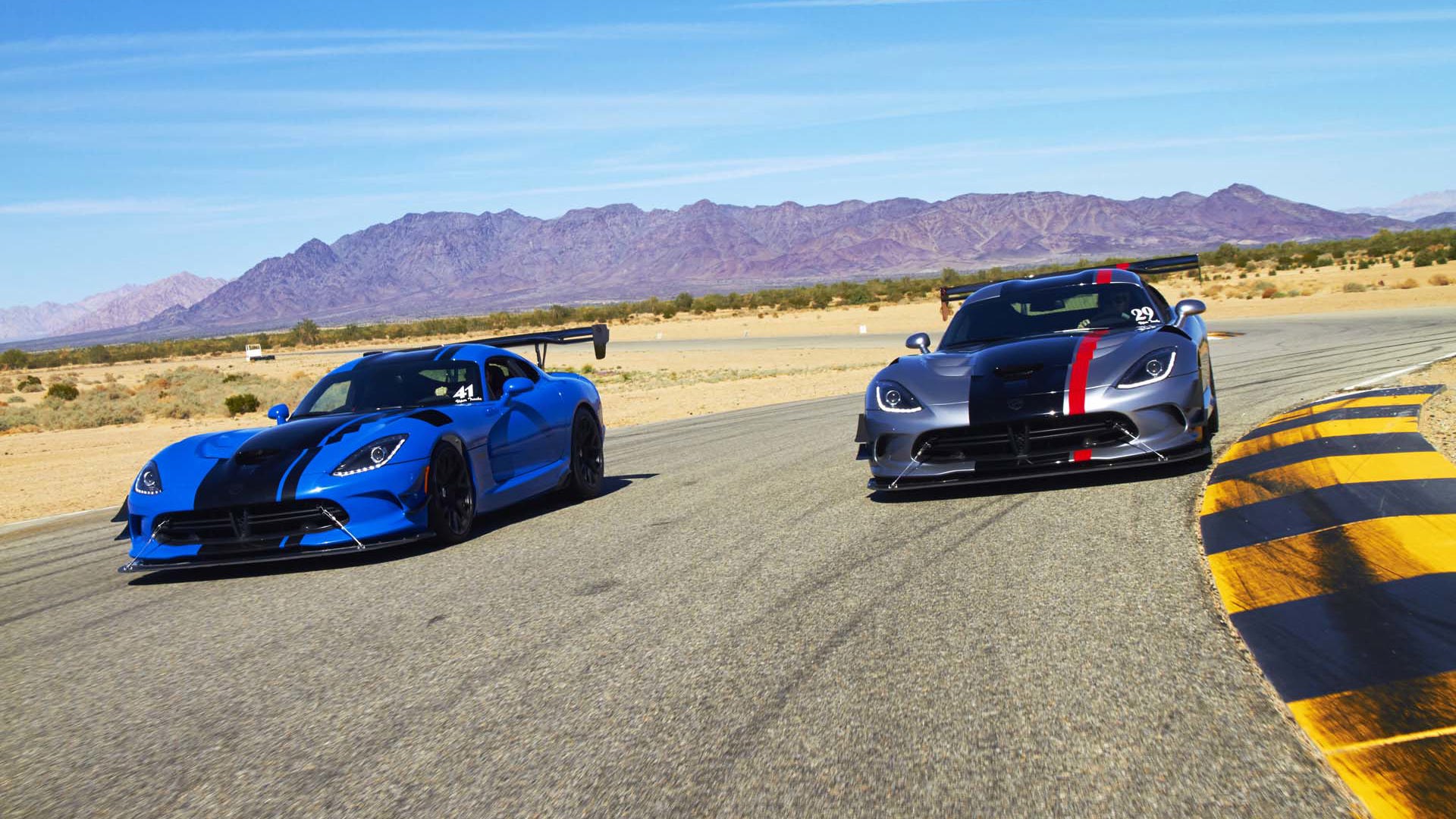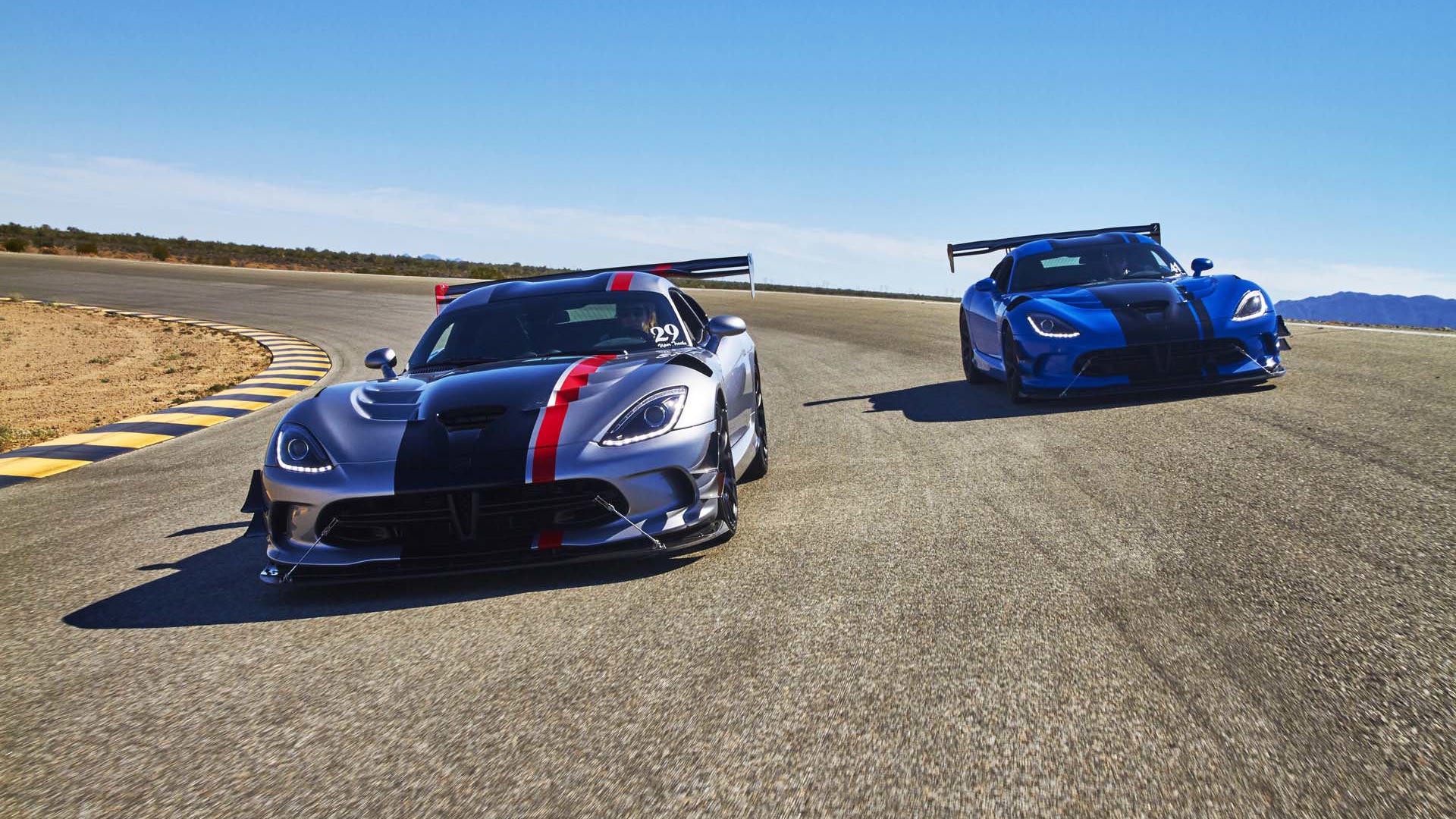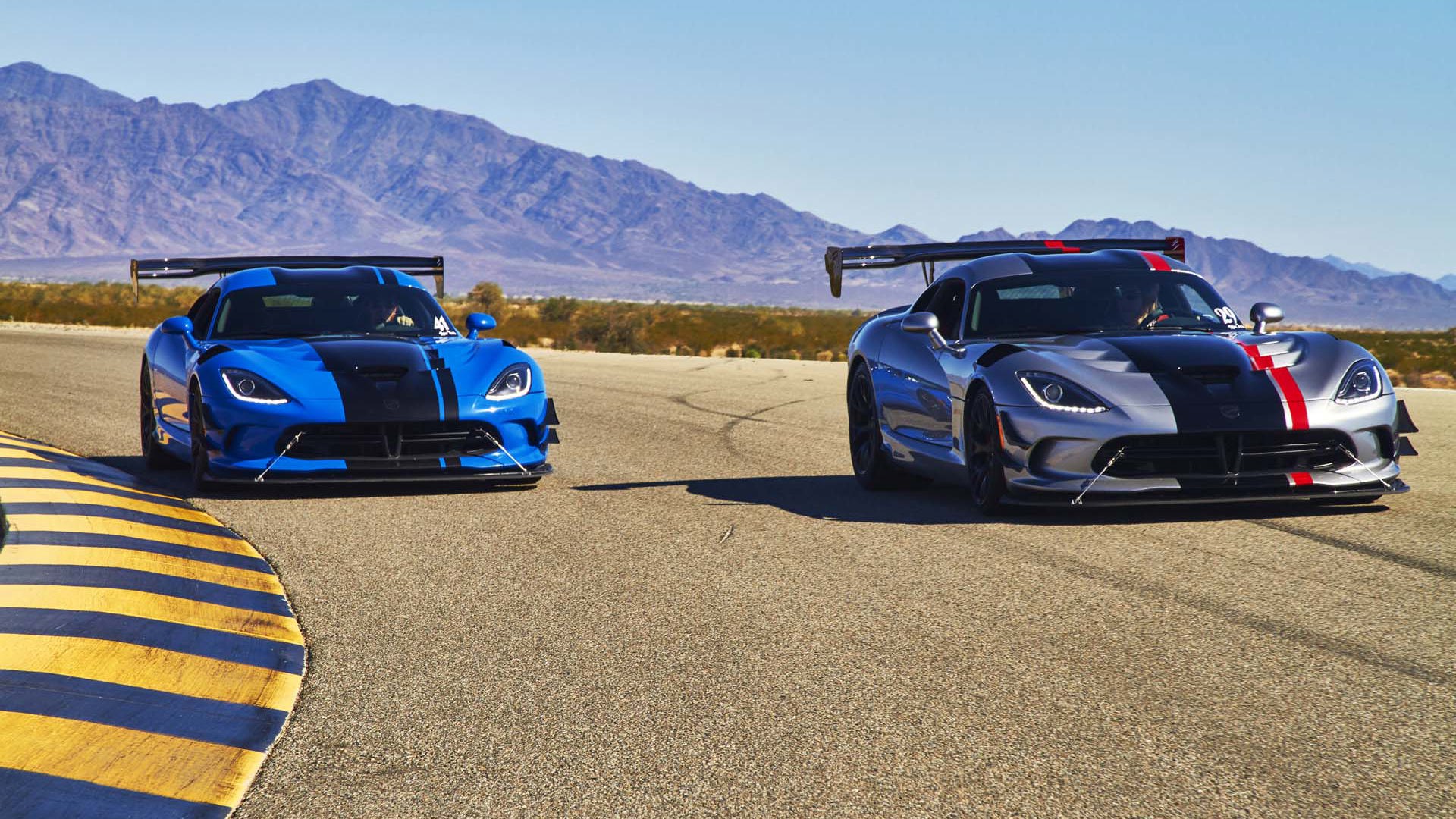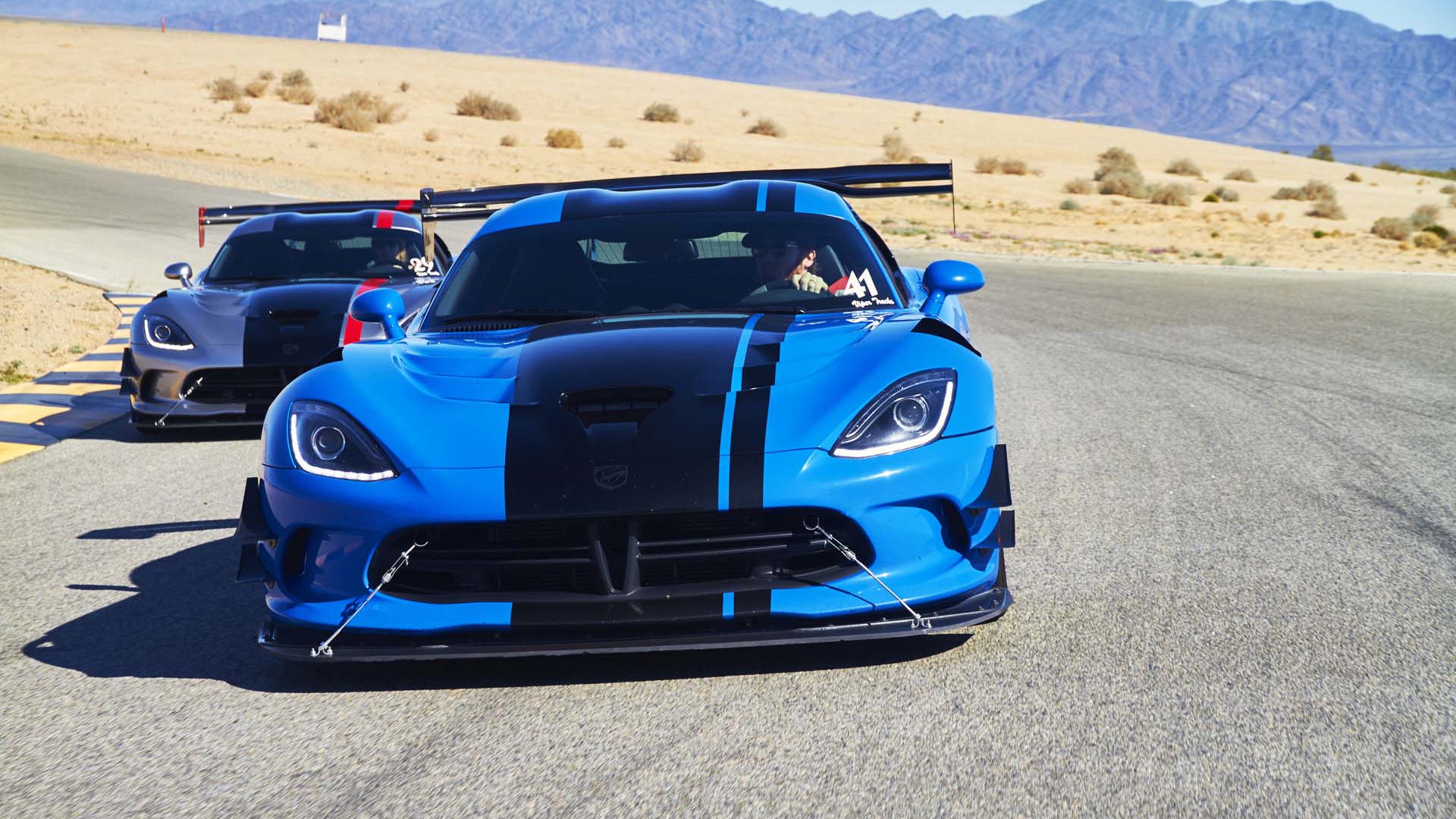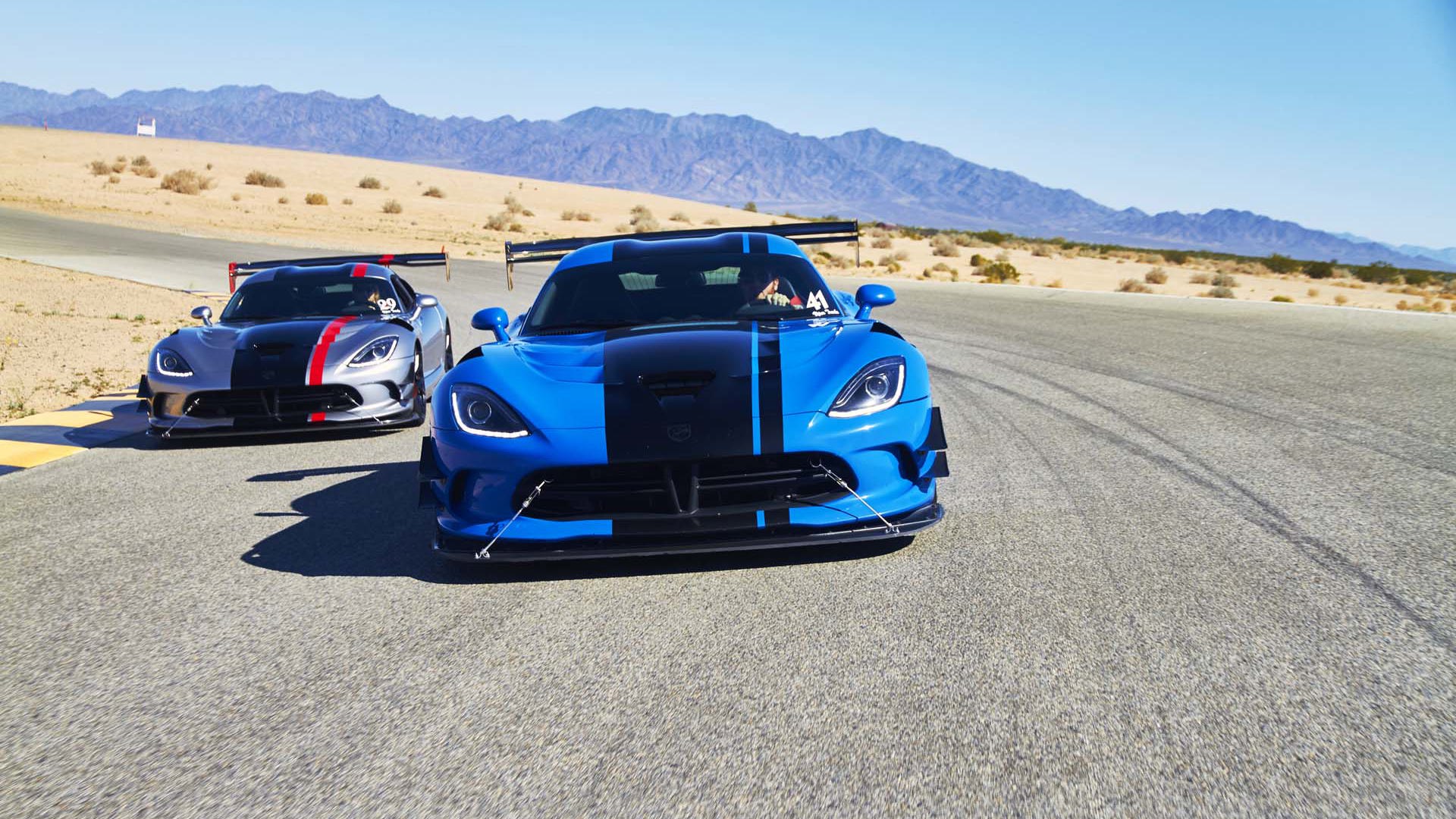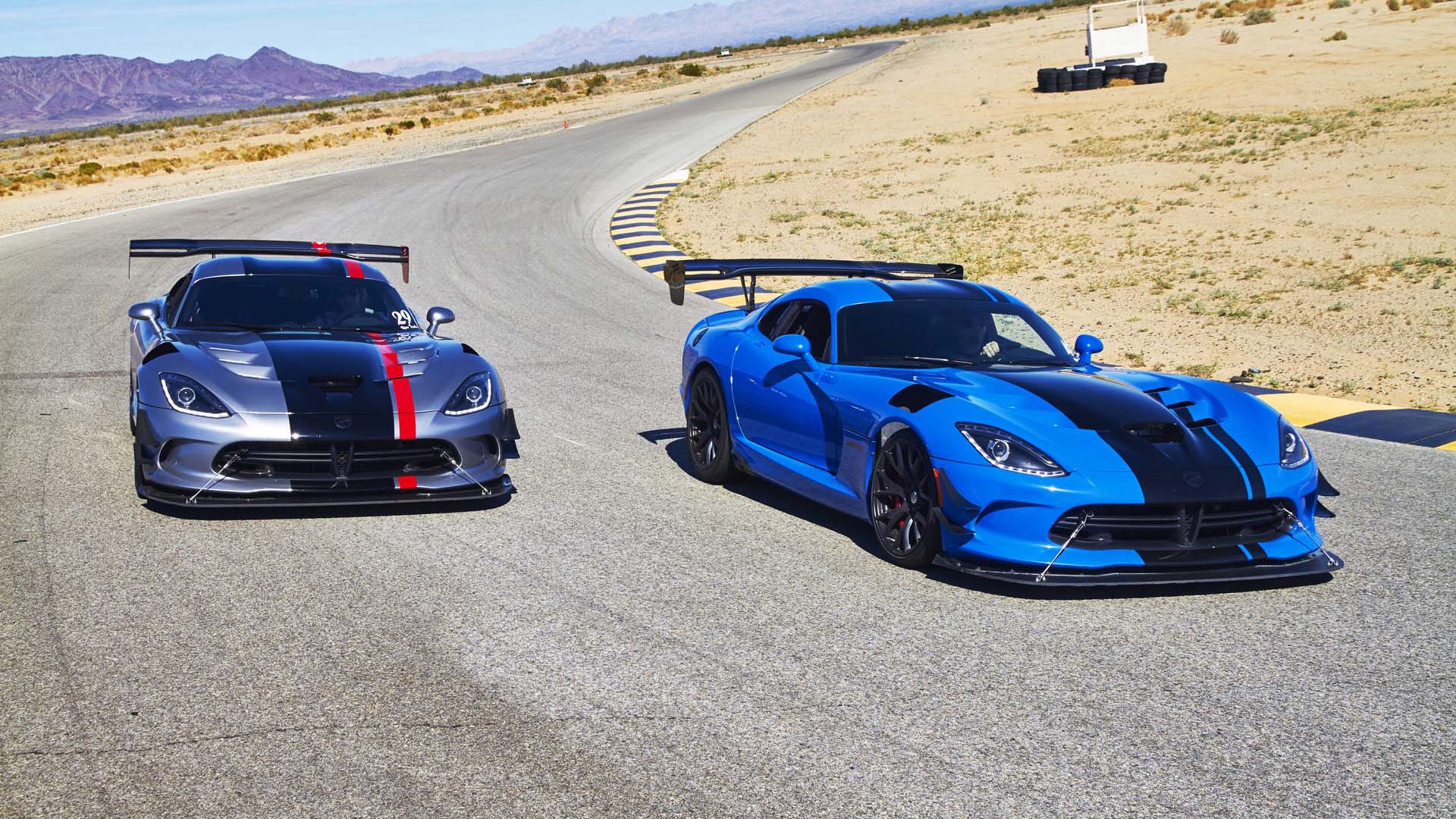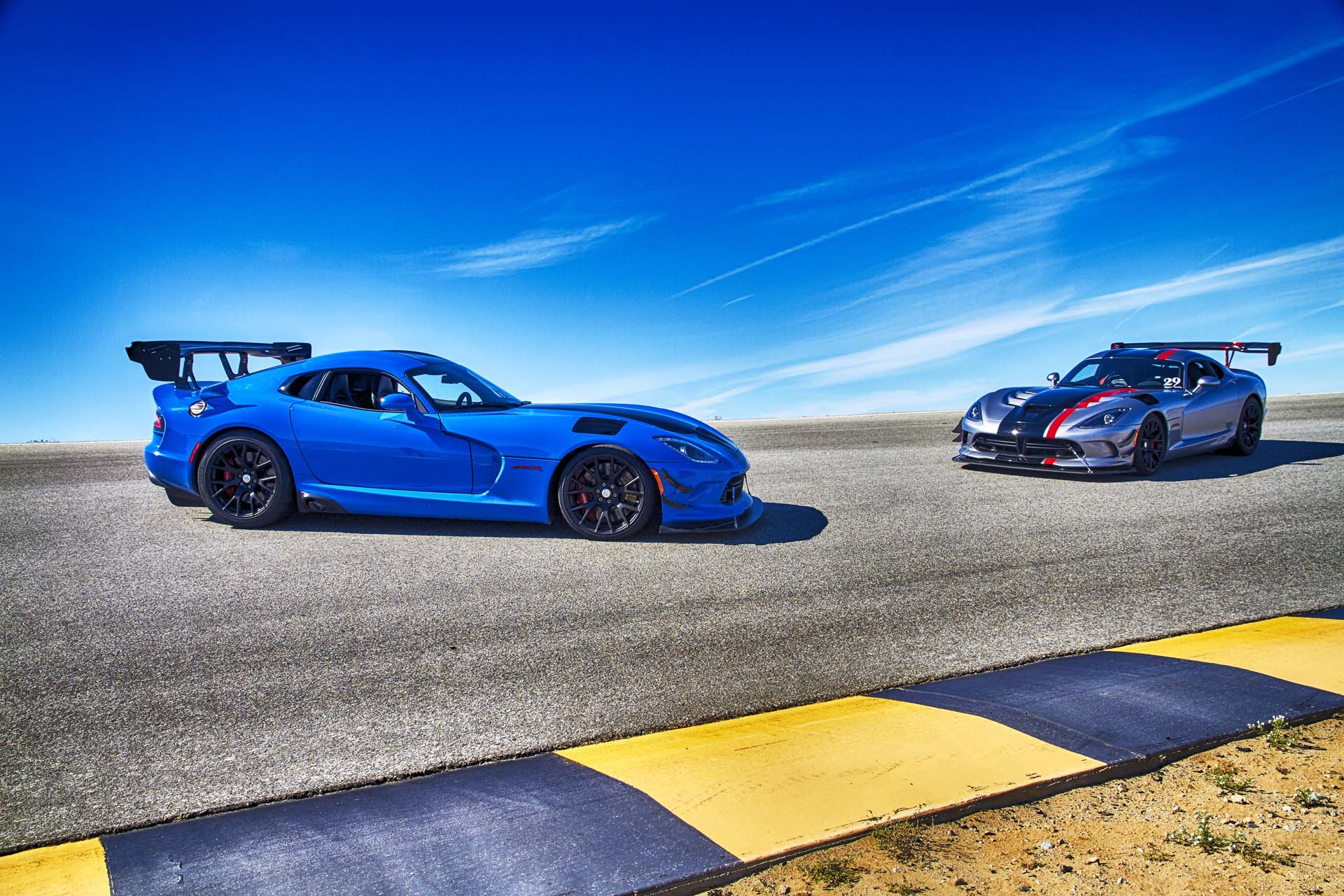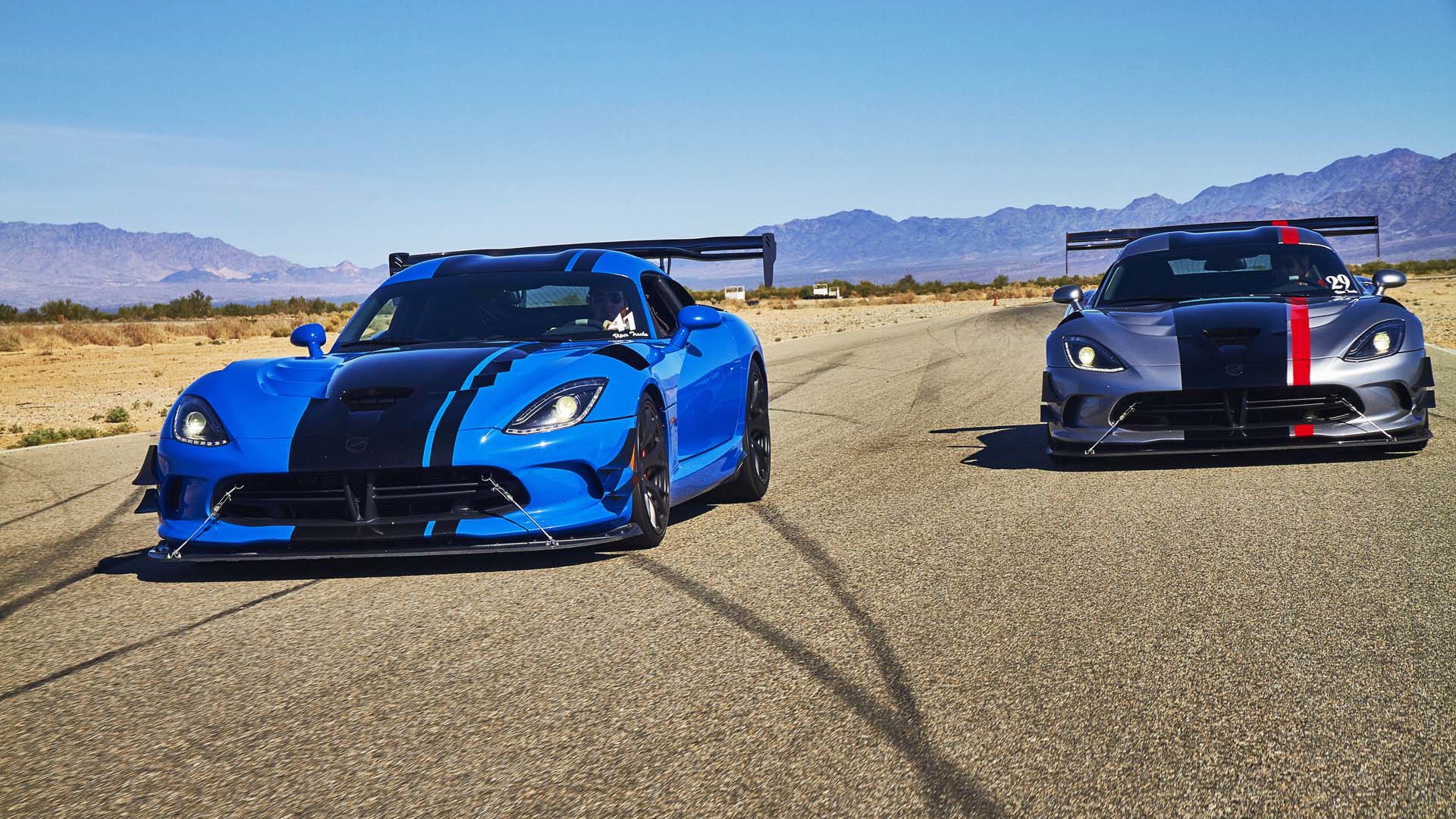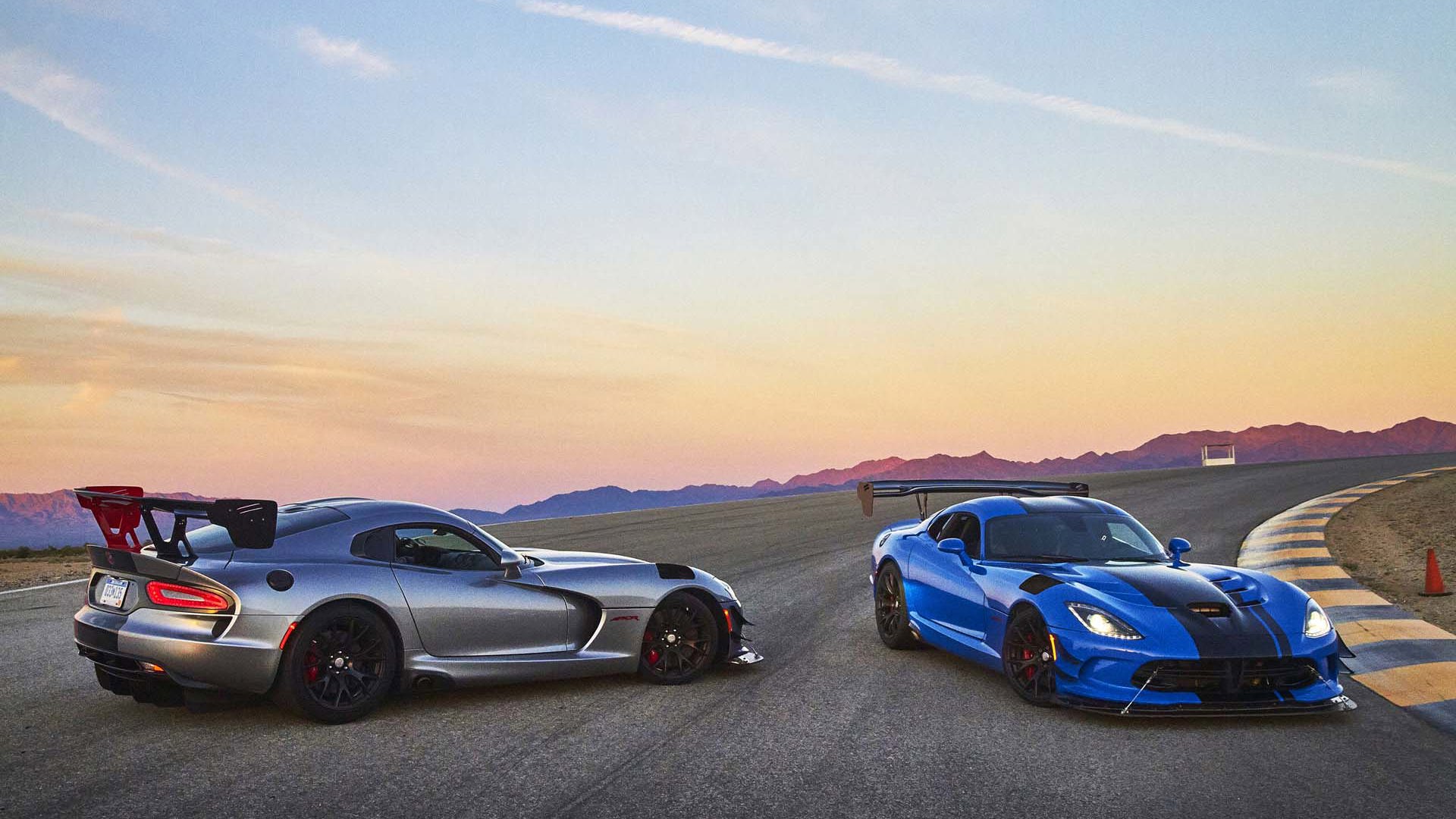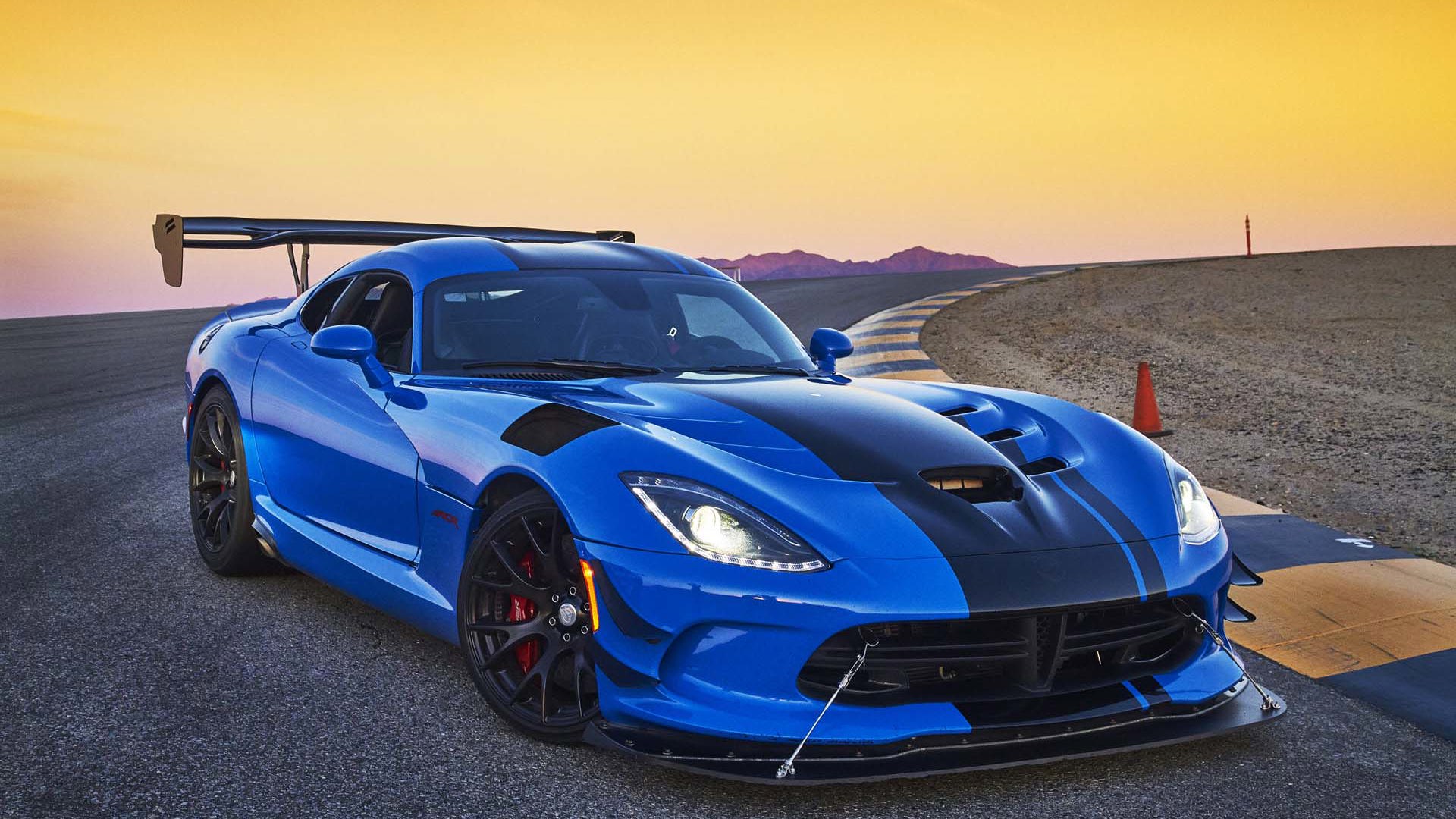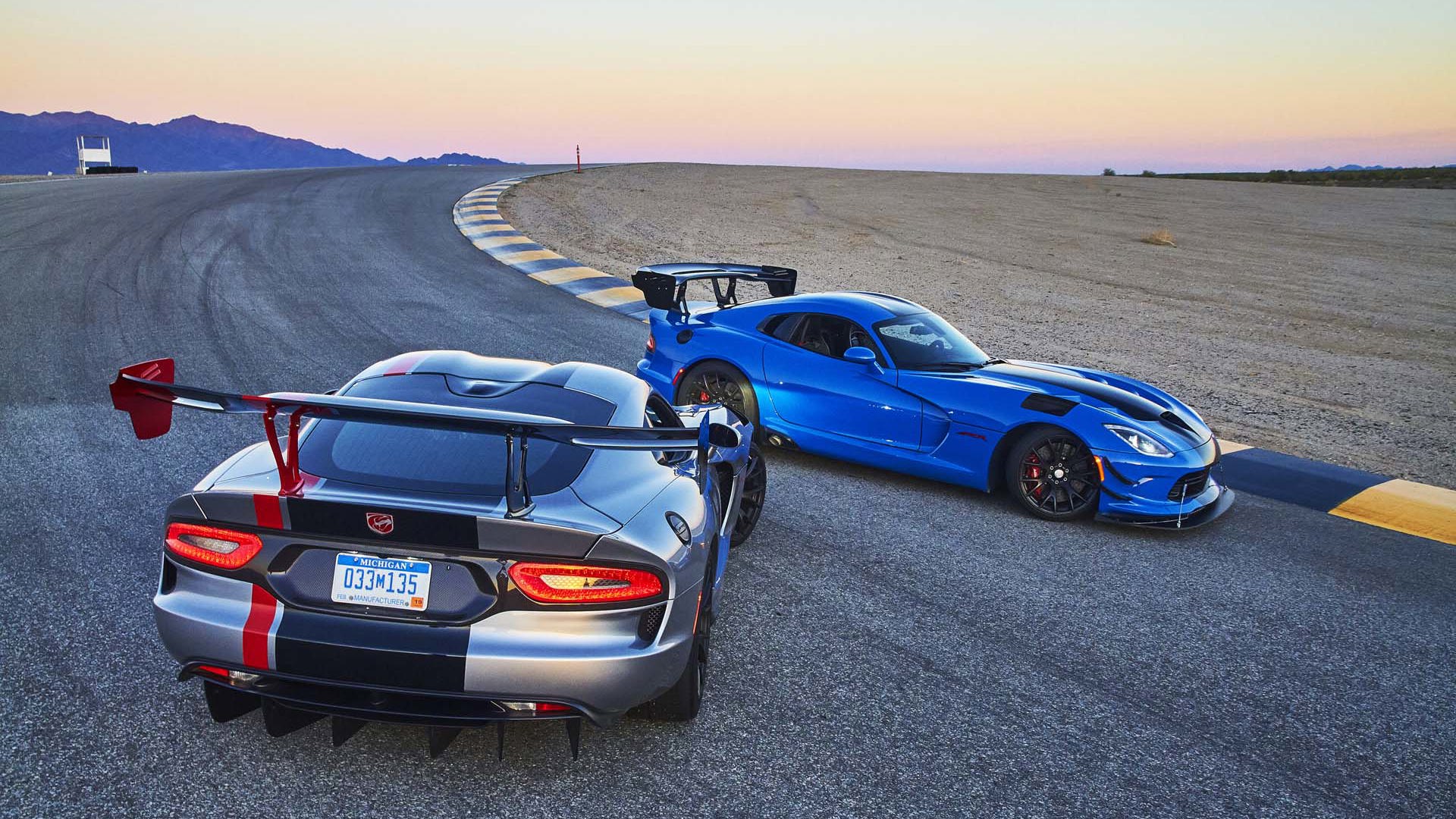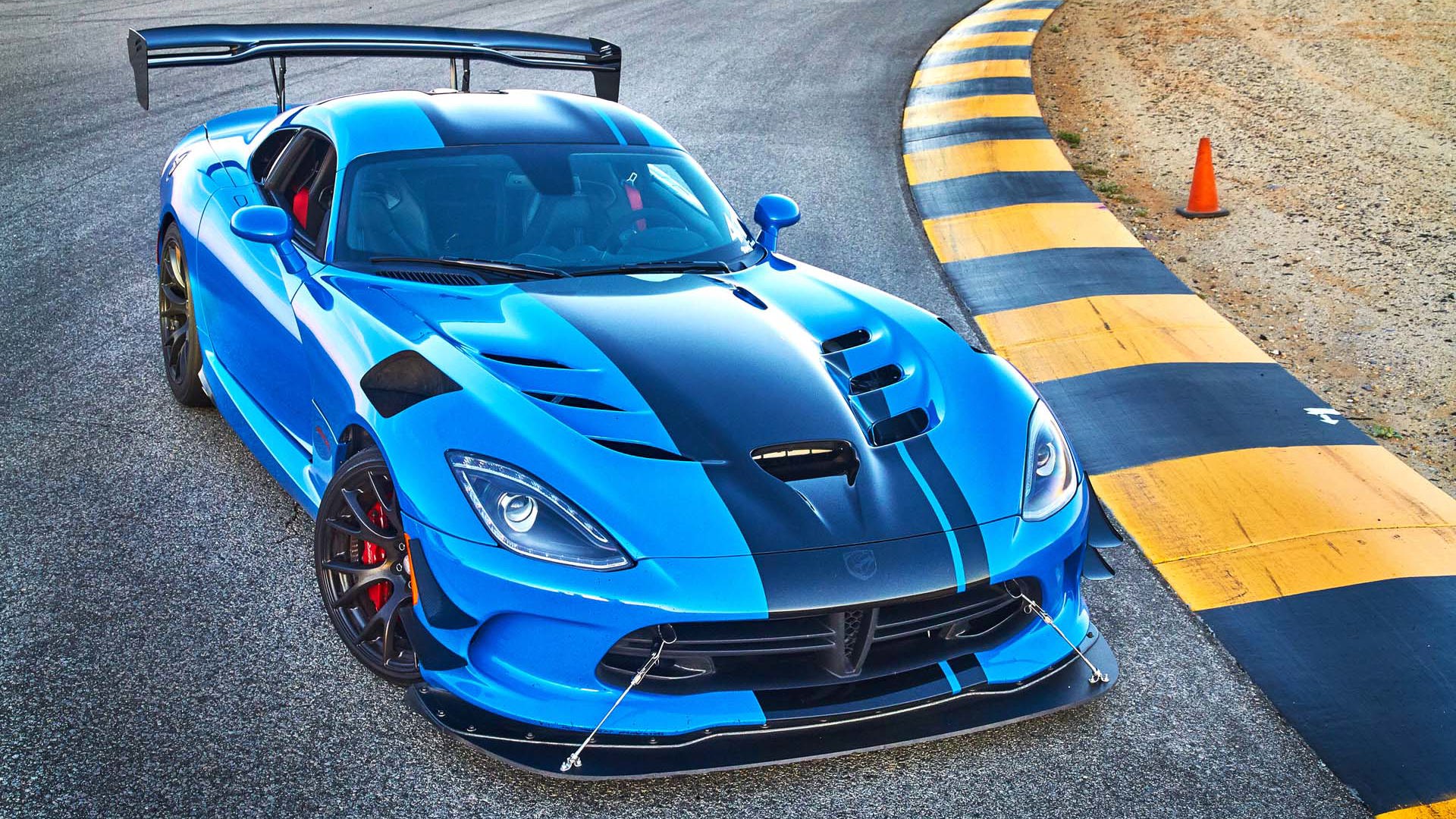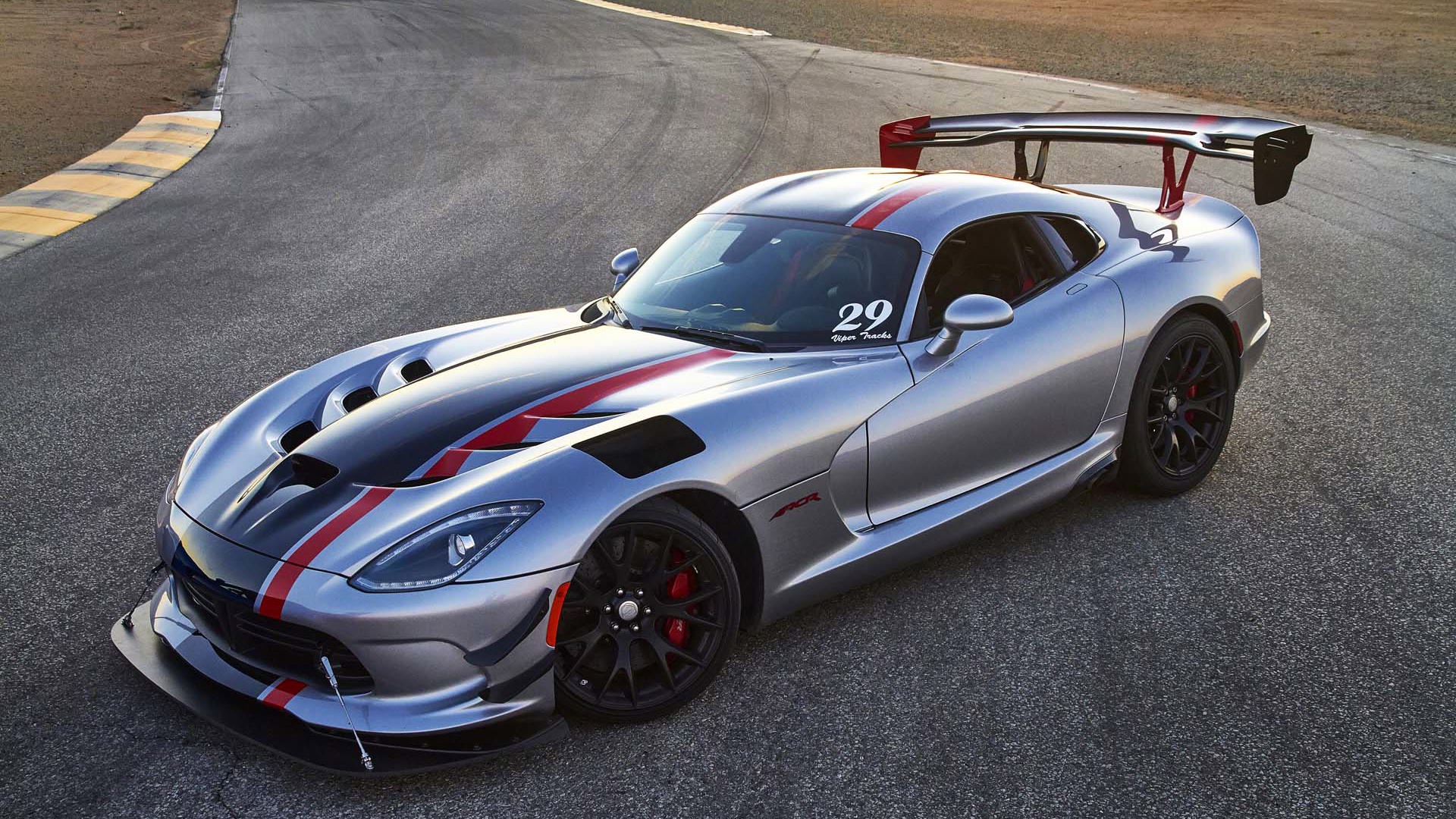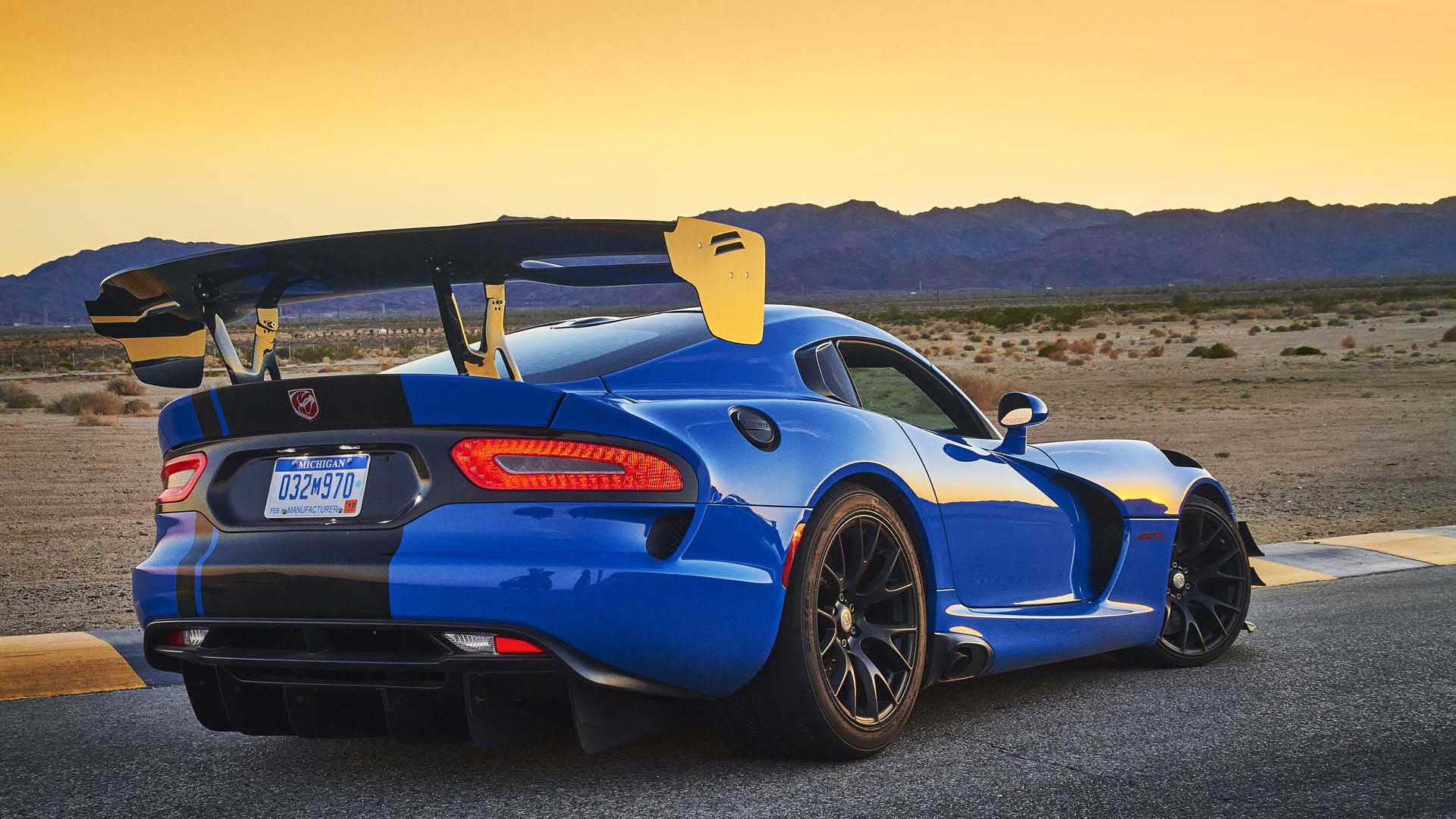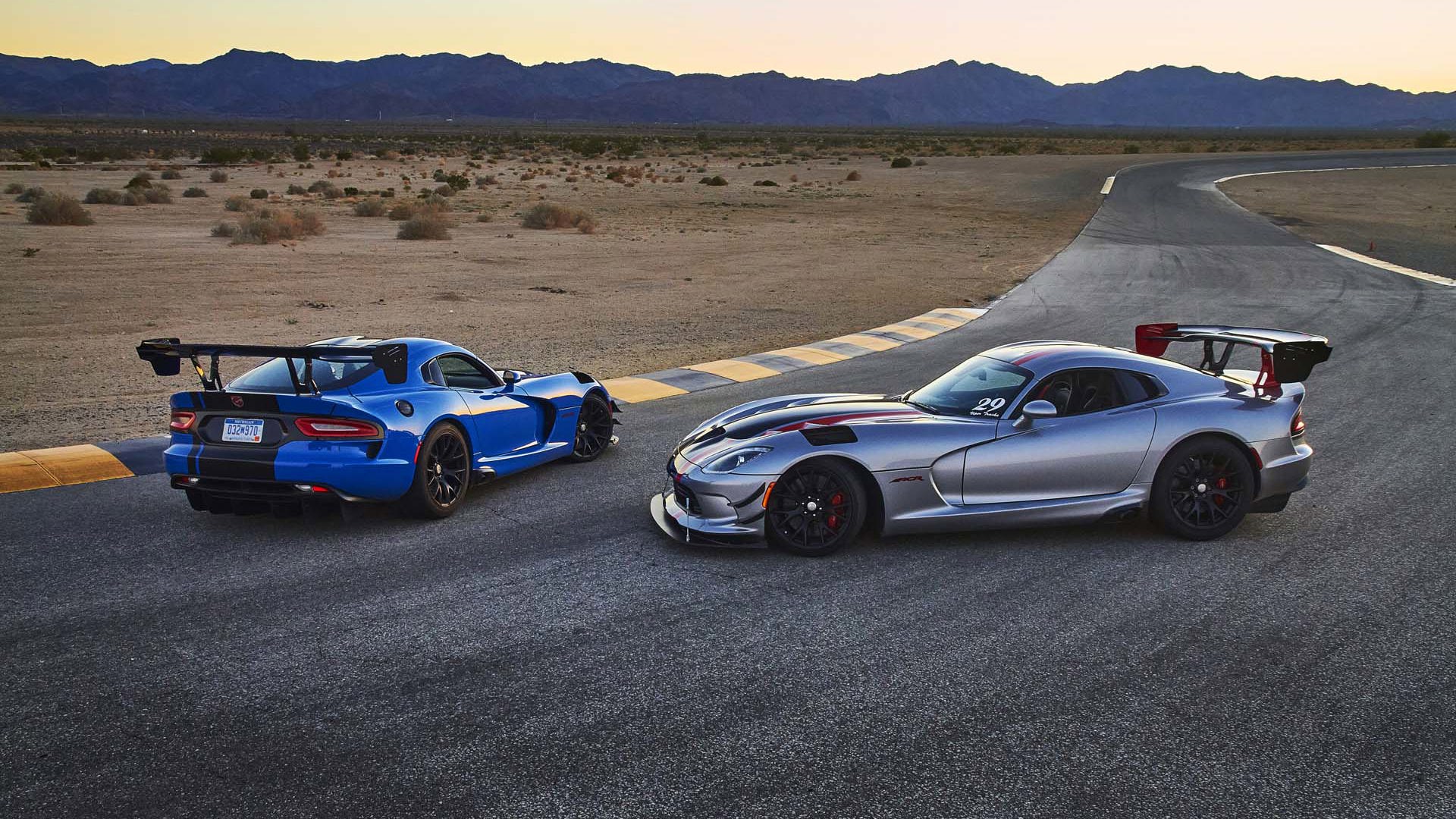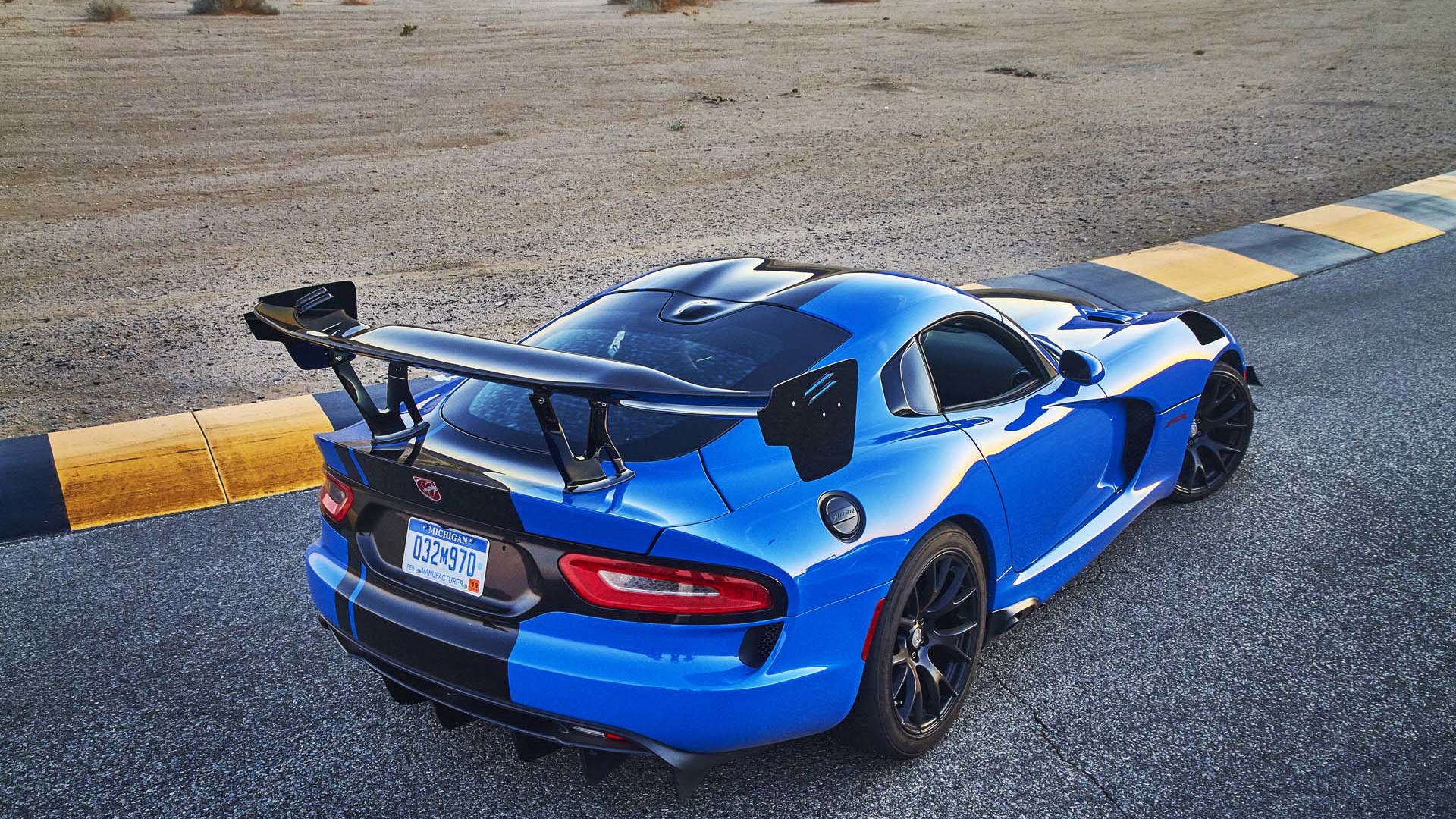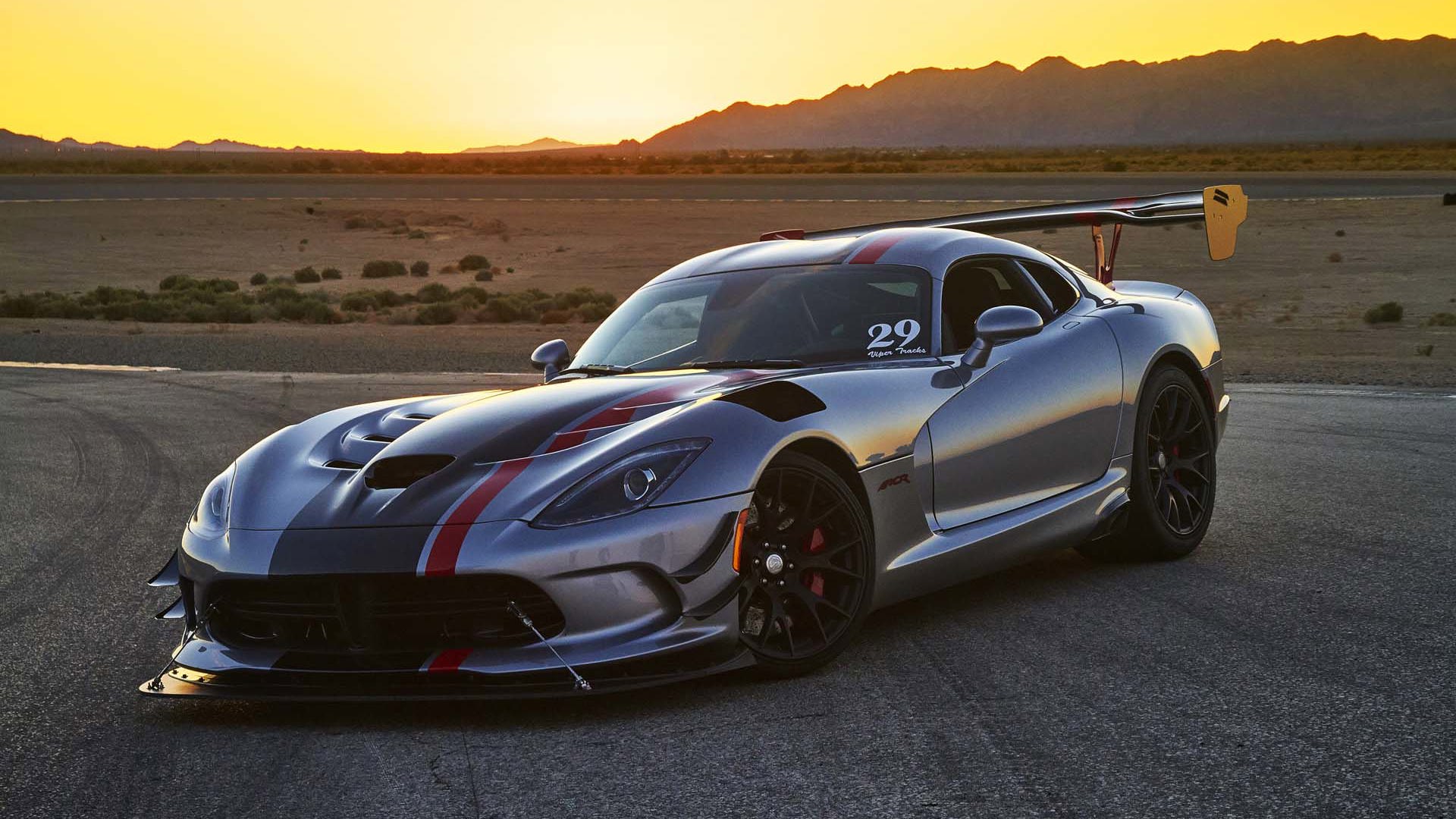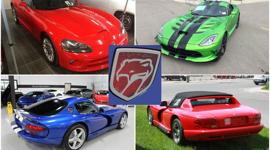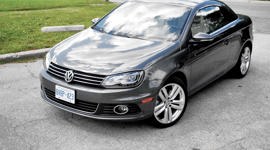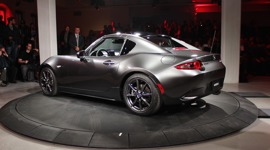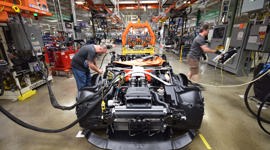'Be so good they can't ignore you' is a phrase any young performer hears when they first start their careers. The idea that you can rise to the top based on your talent and willingness to work hard is a time-honoured tenet that's been passed down from one generation to next since time immemorial.
It also happens to be a lie. If it were true, then cars like the 2016 Dodge Viper ACR wouldn't be living on borrowed time, turning in virtuosic performances on race tracks across the continent while languishing ignored and unheralded in showrooms.
Sure, success is a combination of skill, desire, and execution, but it's also tied to outside factors that are often completely beyond one's control. Opportunity, luck, and random chance play a huge role in determining who steals the spotlight, and the Viper ACR is the perfect example of an act that's about to see the curtain fall right after landing the role of a lifetime.
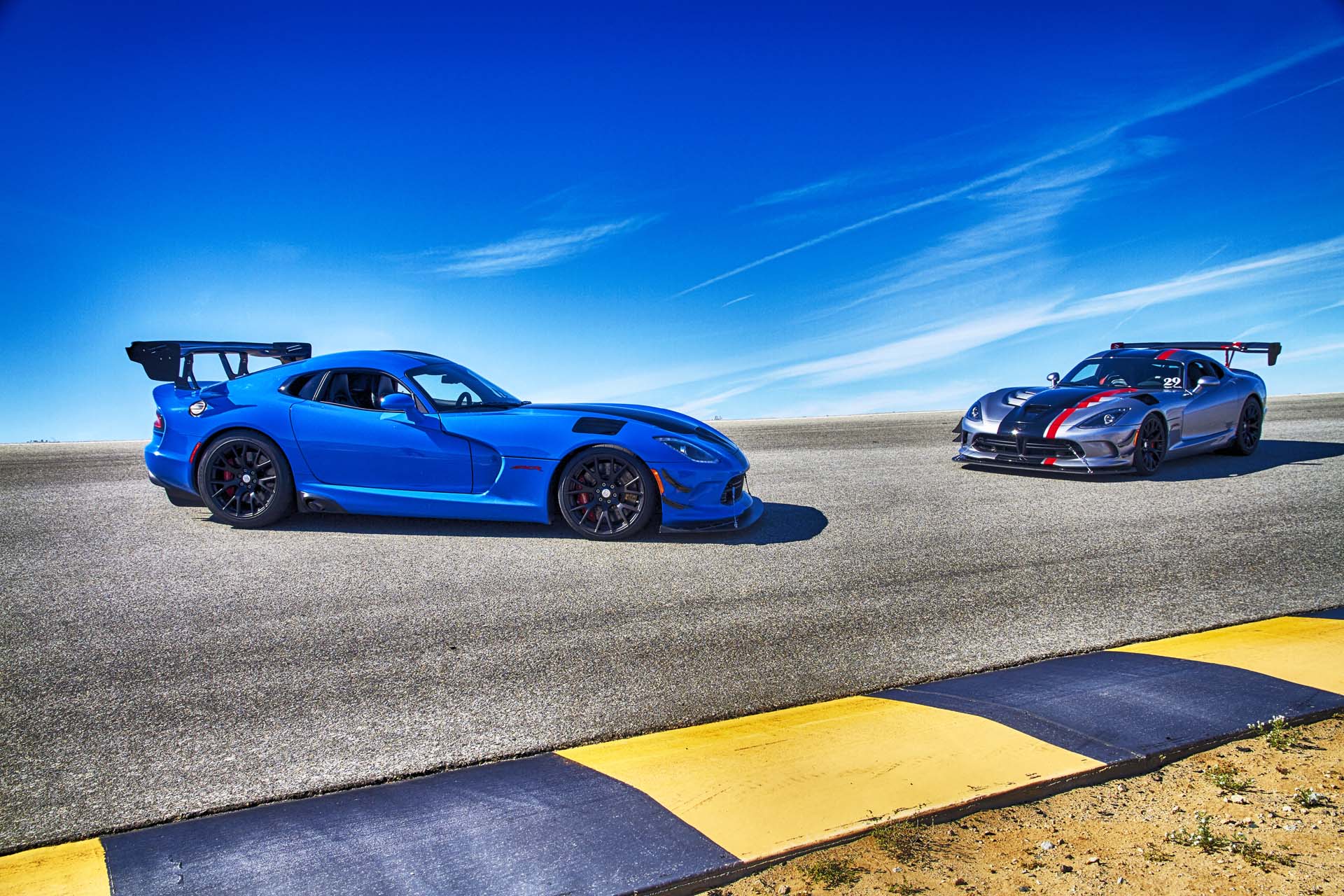
It wasn't always thus. When the Viper dropped seemingly out of nowhere onto the automotive landscape of the early 90s, it had no peer. It didn't even have side windows. A roadster in the truest sense of the word, with V10 attitude screaming out of singe-your-pants side pipes, the Dodge Viper sent more genteel players like the Chevrolet Corvette and the Ford Mustang ducking for cover. Chrysler's wild child didn't play nice with drivers or the competition, and soon developed a reputation for brutalizing both should the slightest disrespect be shown at the edges of its performance envelope.
Flash-forward nearly a quarter-century and a lot of things have changed, not just for Dodge's venomous halo model, but for the sports car scene in general. Perhaps the biggest shift has been the democratization of technology, which has given enthusiasts the power to command multiples of the original Viper's 400 horsepower output without the need for a concomitant increase in driving skill. The proliferation of torque-vectoring all-wheel drive, computer-controlled stability management systems, and hybrid-electric performance enhancers have transposed the digital world over the meatspace we reside in, transforming almost every turn around the track or burnout in front of Dairy Queen into a video game-like sequence of button pushes used to summon the appropriate electronic nannies.
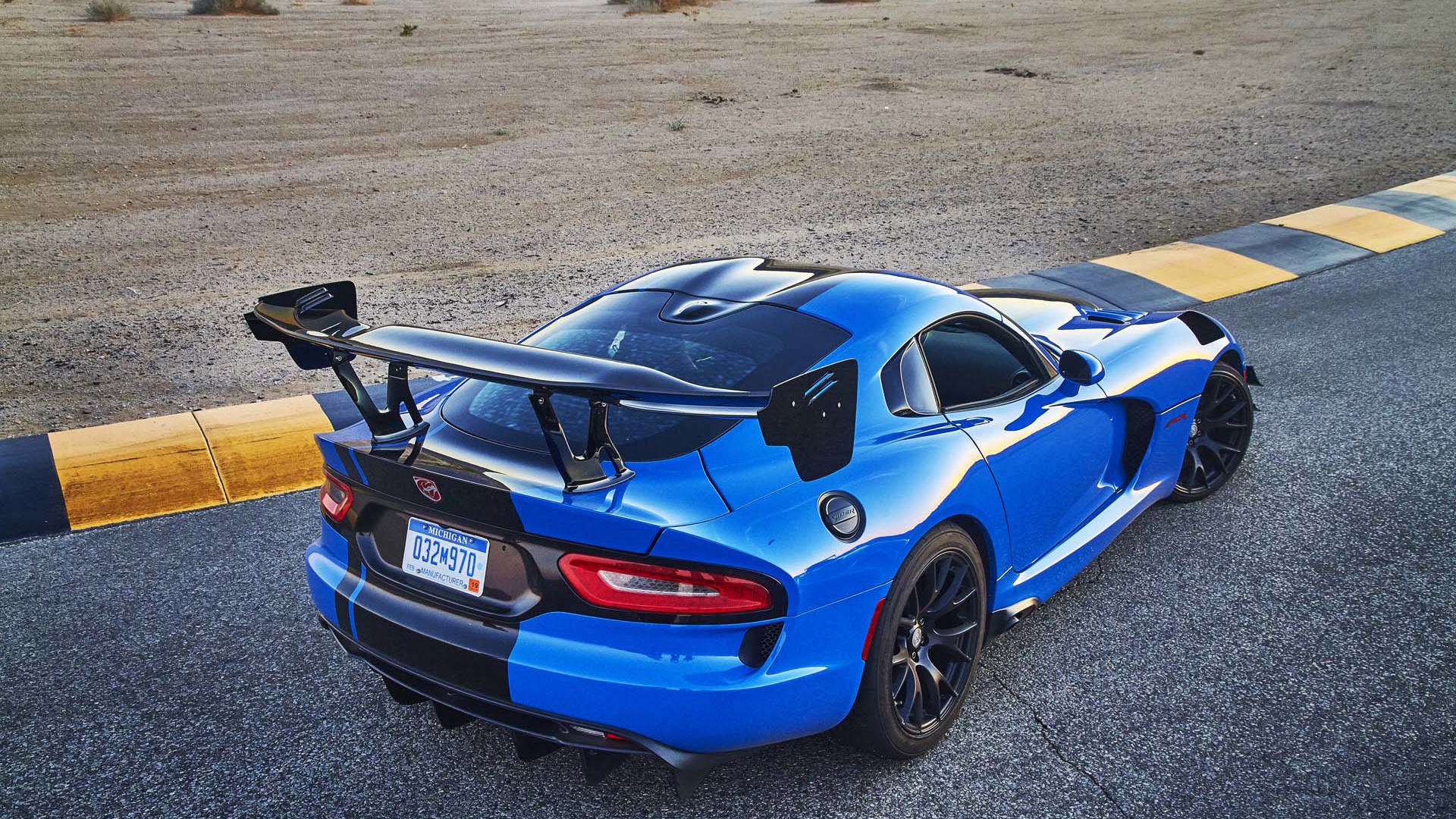
Not so the Dodge Viper ACR. In a world where almost every throttle input is closely monitored by a dedicated team of sensors, the Viper ACR dares to dream of mechanical grip and aero downforce as its means to an end. Yes, there's a stability control system baked into Dodge's American Club Racer, but that's by federal mandate - you don't actually need it once the car has been outfitted with the Extreme Aero Package, which nails its enormous bespoke Kumho tires to the tarmac by way of 900 kilos of downforce. Simply set the forward dive planes, adjust the towering rear spoiler, remove the fender caps and hood cut-outs, and rely on the stability provided by the chin spoiler and rear diffuser as you approach the snake's 283 km/h top speed.
If you'd told me I'd be unable to spin the 19-inch rear rubber on the Dodge Viper ACR on corner exit before I slid behind the wheel at Chuckwalla Valley Raceway, I wouldn't have believed you. Then I tried it. Even a knucklehead like me couldn't coax the ACR into giving up traction by getting on the throttle too early coming out of the desert circuit's high-speed bowl - not even when hitting it counter-clockwise on the second day of putting the Dodge through its paces. This is astounding considering that the Viper's 8.4-liter V10 is good for 645 horsepower and 600 lb-ft of torque, channelled through a six-speed manual transmission to those same back axles that stubbornly refuse to kick out.
The closest I came to unsettling the car was when I briefly left the ground on an uphill chicane, causing the back-end to hop to the left in mid-air before settling with a 'whump' and resuming its forward progress as though nothing untoward had happened at all.
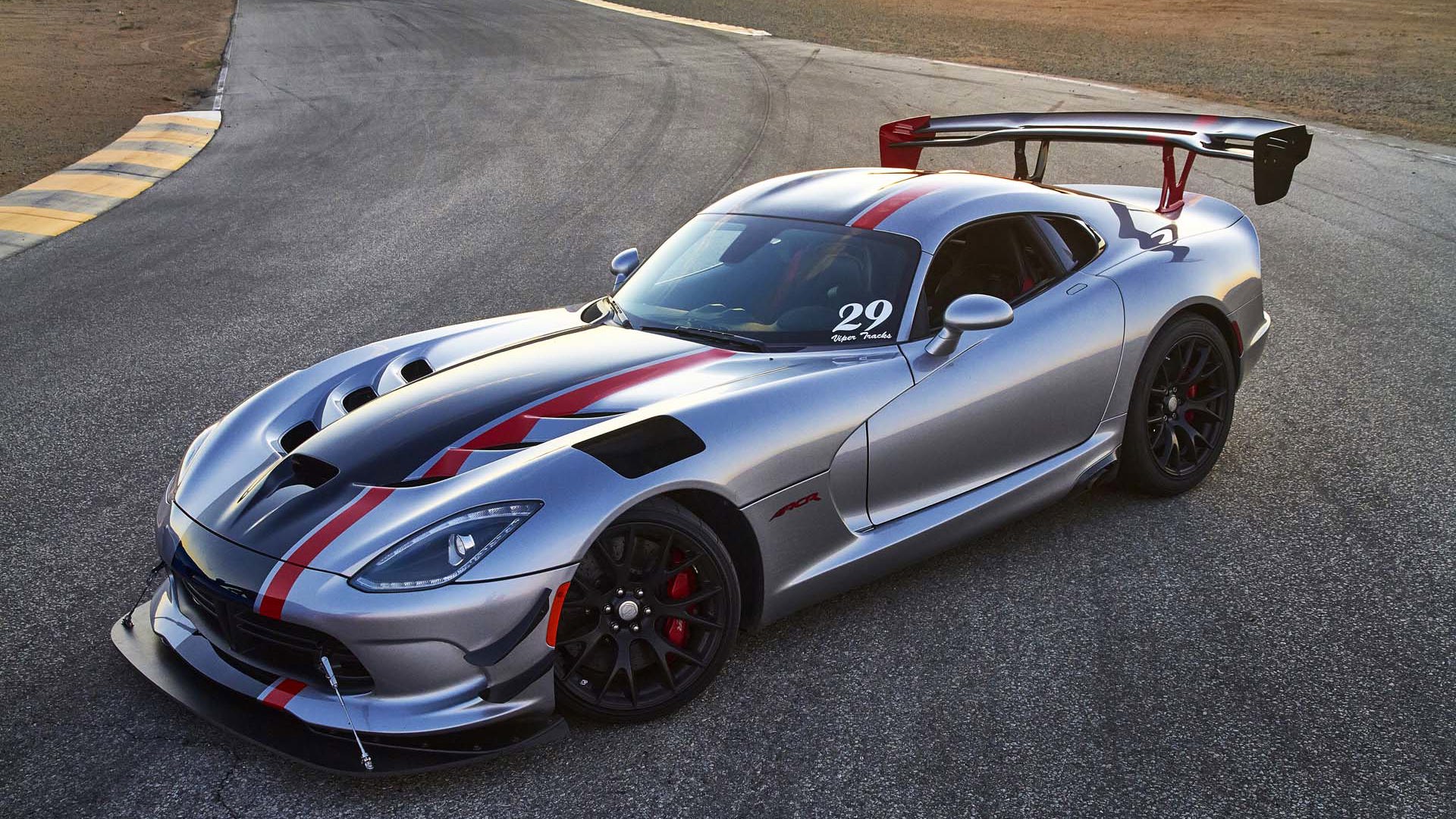
This is by design, of course. If you want a smoke-show machine, go buy a Hellcat. In fact, buy two - because you can afford a pair for what it would cost to slip behind the wheel of the king snake. If you're looking to dissect your favourite race track with what is perhaps the sharpest scalpel in the automotive universe, then pick up the Viper ACR instead. With 13 track records in the United States alone, including a victory over the hyperdrive-equipped Porsche 918 Spyder at Laguna Seca, Dodge has thrown down a red hot gauntlet with the latest and greatest iteration of a car that bears almost no dynamic resemblance to the widow-making ways of the original model.
Unfortunately, no one seems to care. The non-ACR editions of the Viper - now replete with civilized interiors, flashy infotainment systems, and extensive customization options - arrived on the scene too late, and at too high a price to combat the Chevrolet Corvette's gradual ascension to the affordable American sports car throne. Outshone on paper by the chest-beating antics of its Hellcat cousins, the Viper's customer base has shrunk with each passing year, fading too far for even the all-new ACR to save it from the accountants calling the shots at Fiat Chrysler.
And so here we are, gifted with perhaps the purest, and best street legal track car of our generation, and yet seemingly uninterested in its now-dated concept of driver involvement. That swirling whirlwind of circumstance I mentioned earlier has trumped the 2016 Dodge Viper ACR ascension to the world's sports car throne and sentenced it to die while still wearing its crown. If only we'd all look up from our screens long enough to notice.
